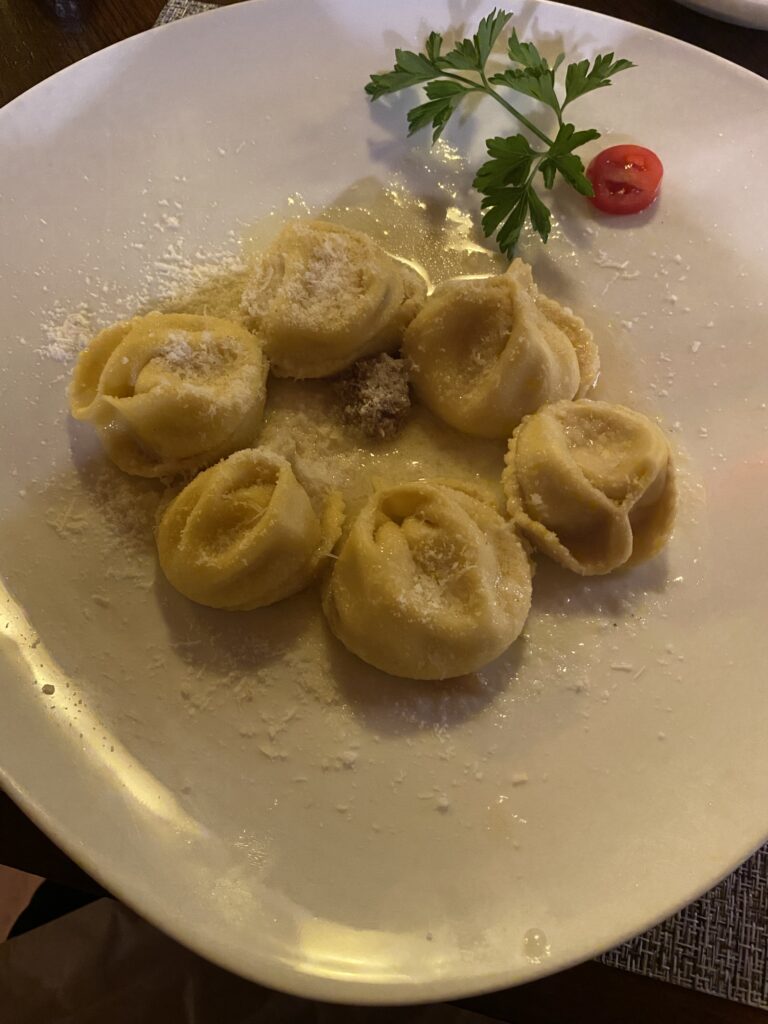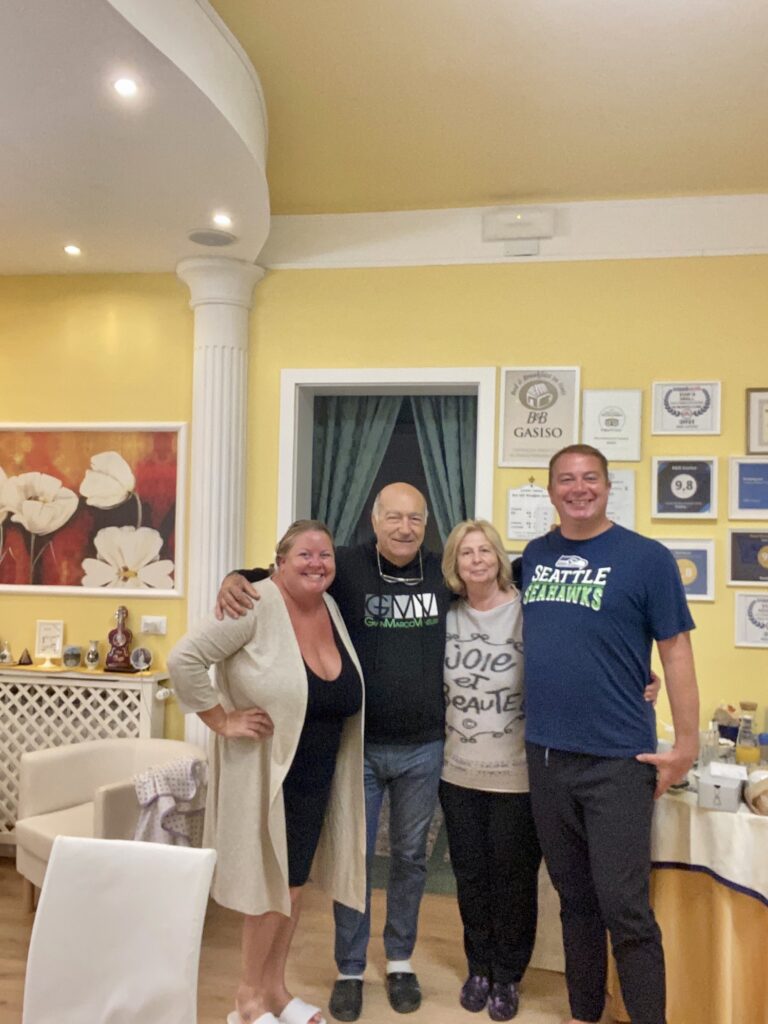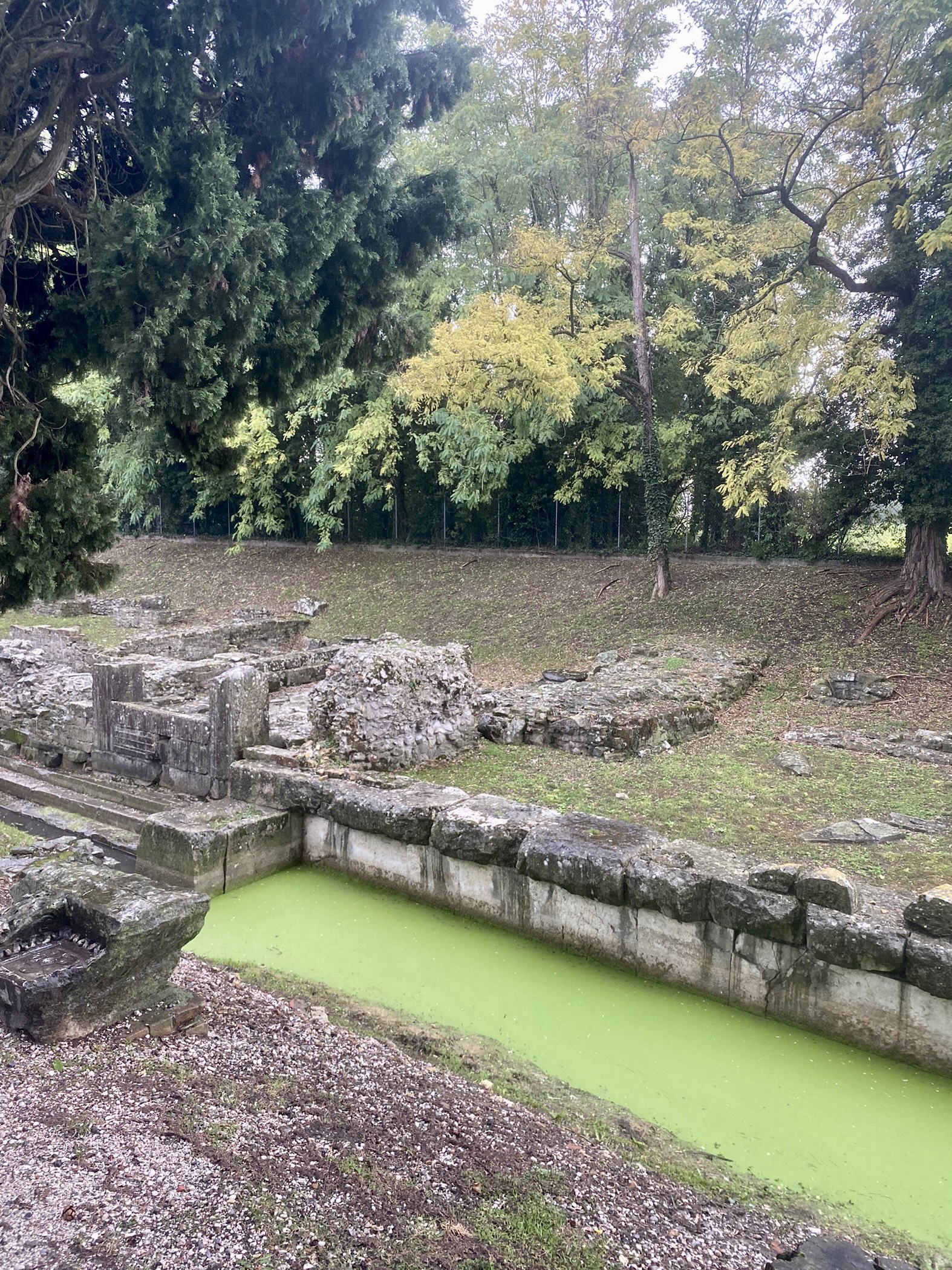Trains, terrain, ruins & torrential rain...
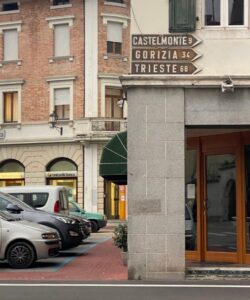
Fruili Venezia Giulia (FVG) is the northeastern region of Italy, and the combination of the Friuli region and the Venezia Giulia region. Contrary to what the name would suggest, the city of Venice (Venezia) is not in this region but is instead in the Veneto (which we just visited and posted about).
Monfalcone, Italy
Monfalcone is a sleepy town with a bustling shipbuilding industry. They build the new and large cruise ships for MSC and Royal Caribbean here, among others. We walked the canal and saw some ships in construction and enjoyed using this town as our base to explore the FVG region.
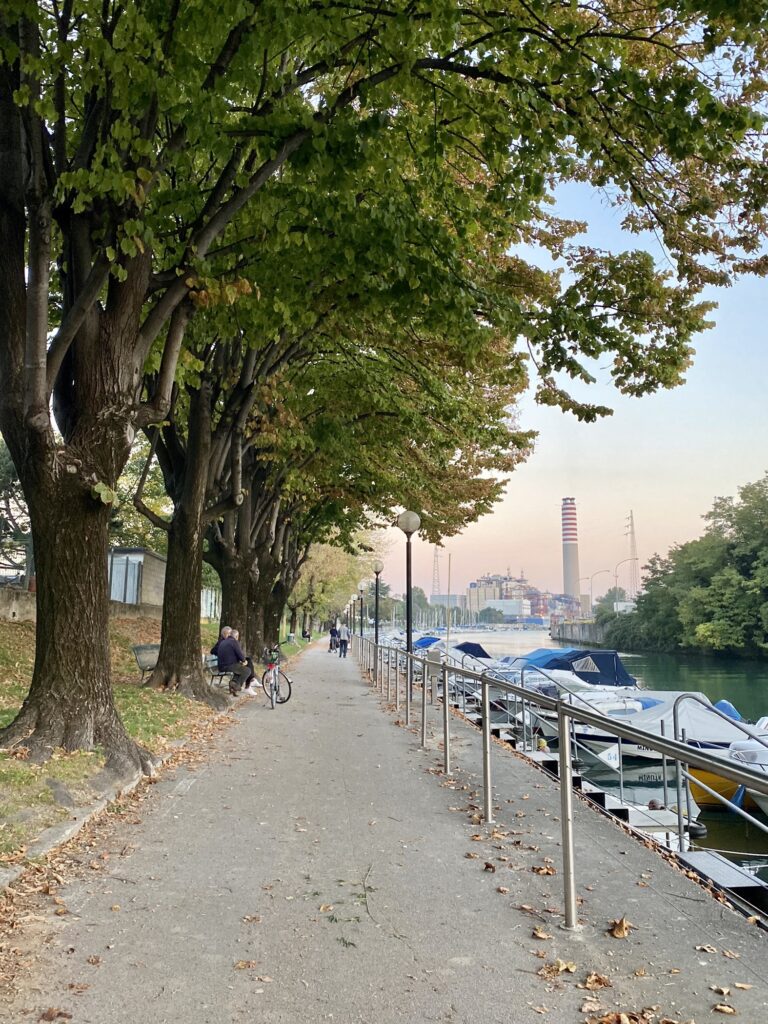
Several locals around FVG asked us “why are you here?” (They don’t see a lot of Americans!) We ended up in Monfalcone for two reasons: First, we loved Slovenia and wanted to explore the neighboring region of Italy, including the Italian portion of the Istrian Peninsula. Second, because of a program we heard about on a fellow travel blogger’s site (in turn linking to Lonely Planet).
FVG launched a program that, if you travel by train and stay in FVG for at least two nights, FVG will pay for your train tickets, provide an FVG Card (more on that later), and provide local transportation. Sounds like a good deal! Unfortunately, FVG’s tourism board contracted with a travel agency that could not handle the demand for this program! We reached out a few days before we planned to go to FVG, and we never received a response from the agency. So if you want to utilize the program, make sure to reach out far in advance.
Regardless, we were very interested in the region, and we saw the FVG Card as providing a good deal of value, allowing us to access museums and walking tours at no additional cost. Since we had the time to use it, not only would it save us money, but it pointed us to interesting sights in the area.
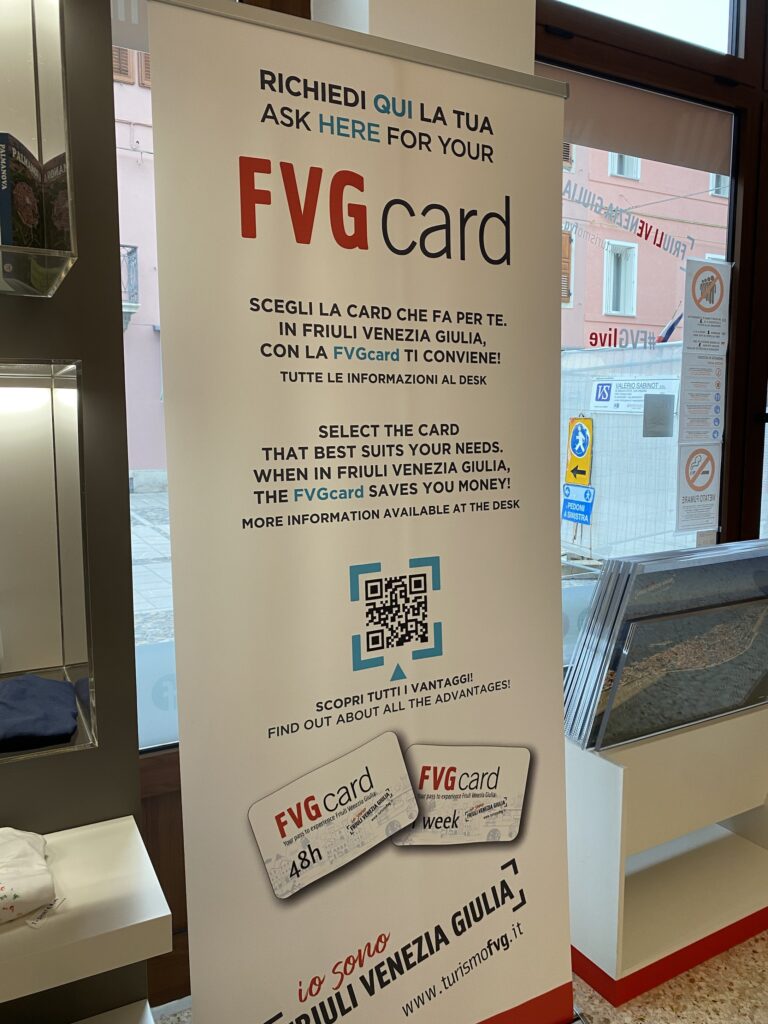
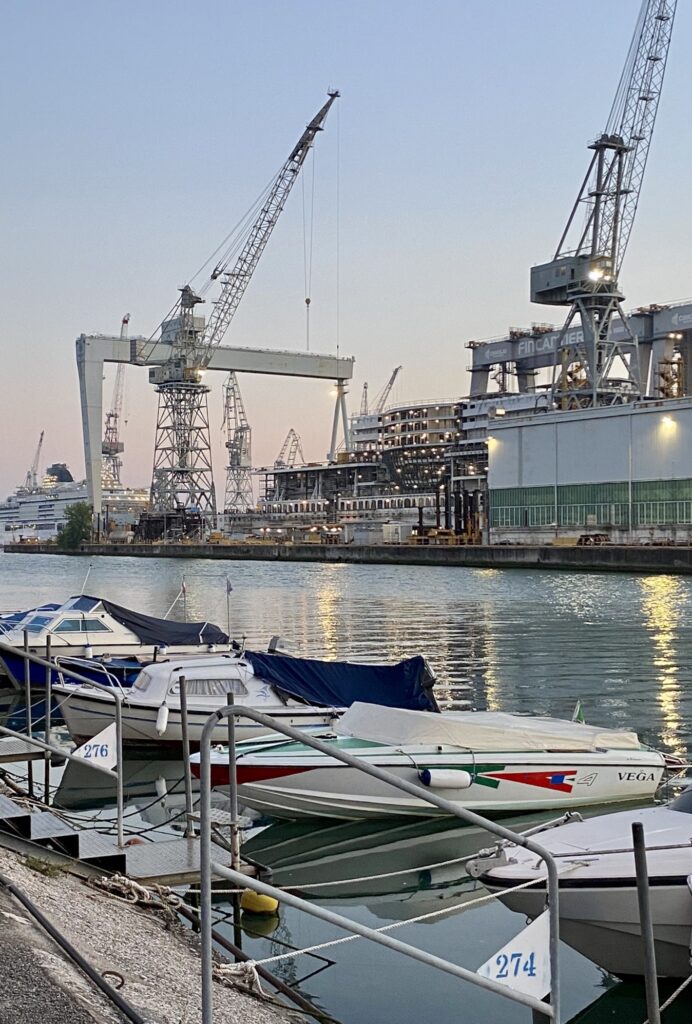
We stayed at the best B&B! The kind of place where you arrive as strangers and leave as family. Their inn provided 3 rooms each tastefully and immaculately decorated in a color theme.
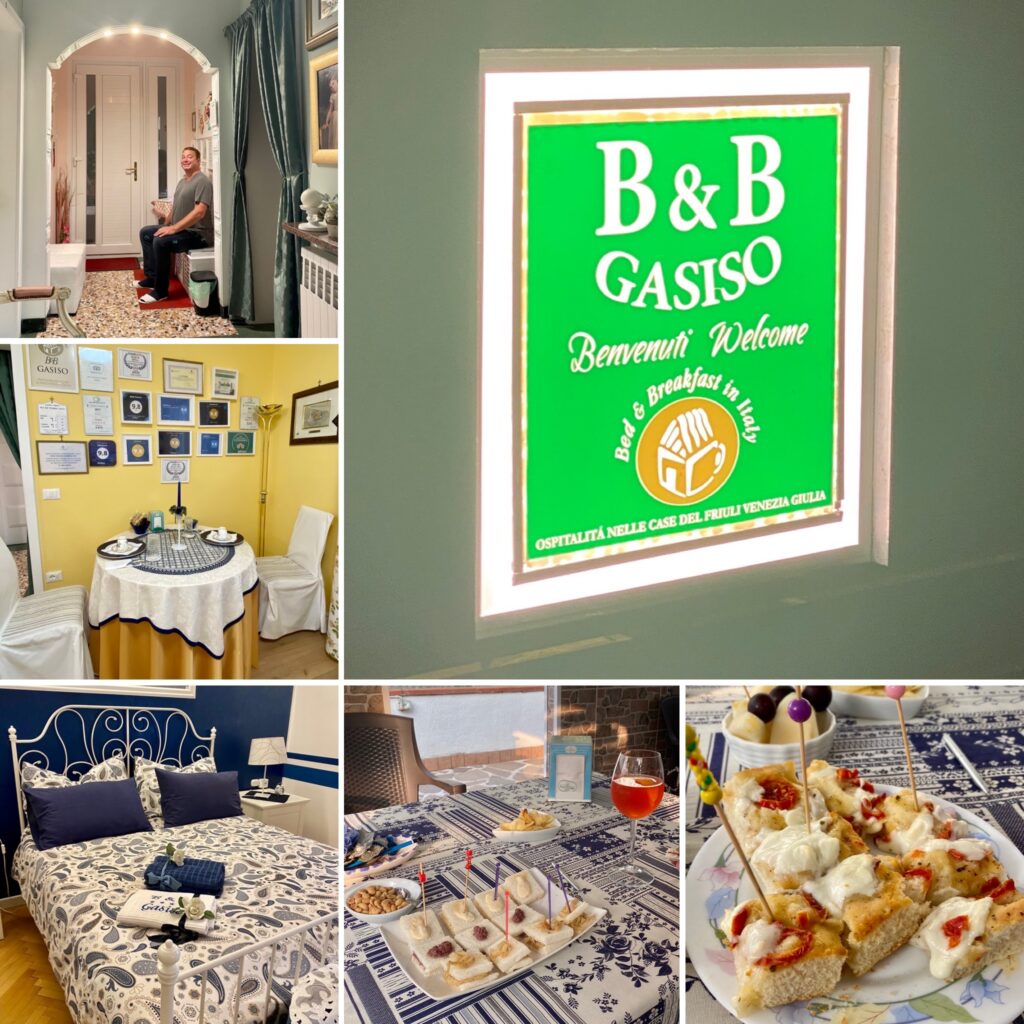
We had a wonderful stay in the blue room. We slept and ate very well the entire week. Every morning we were offered a huge bounty of fresh pastries, fruit, charcuterie, yogurt, and coffee.
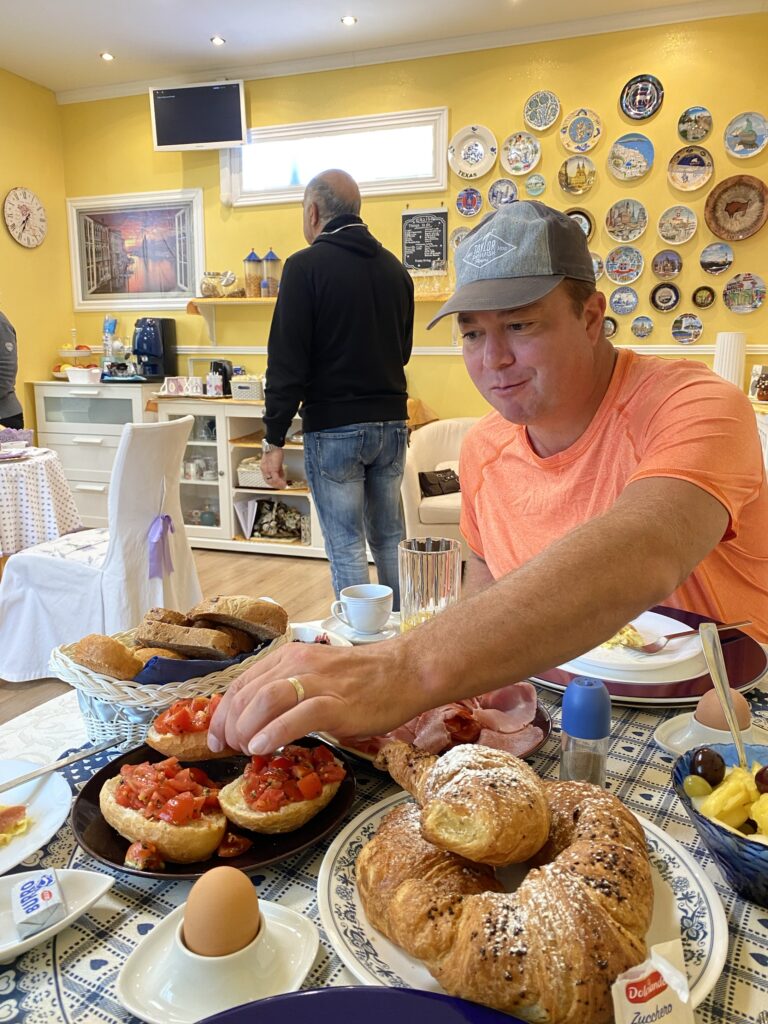
Each night they provided a small carafe of local, organic family-produced wine so we could have a nightcap in the room. We had a wonderfully comfortable stay and cannot recommend it highly enough!
We saw very little in the town of Monfalcone itself but we had two different excellent dinners which were recommendations from our kind BnB hosts, Silvio and Tina.
One was a seafood restaurant in the marina that is known for their large portion sizes and excellent seafood.
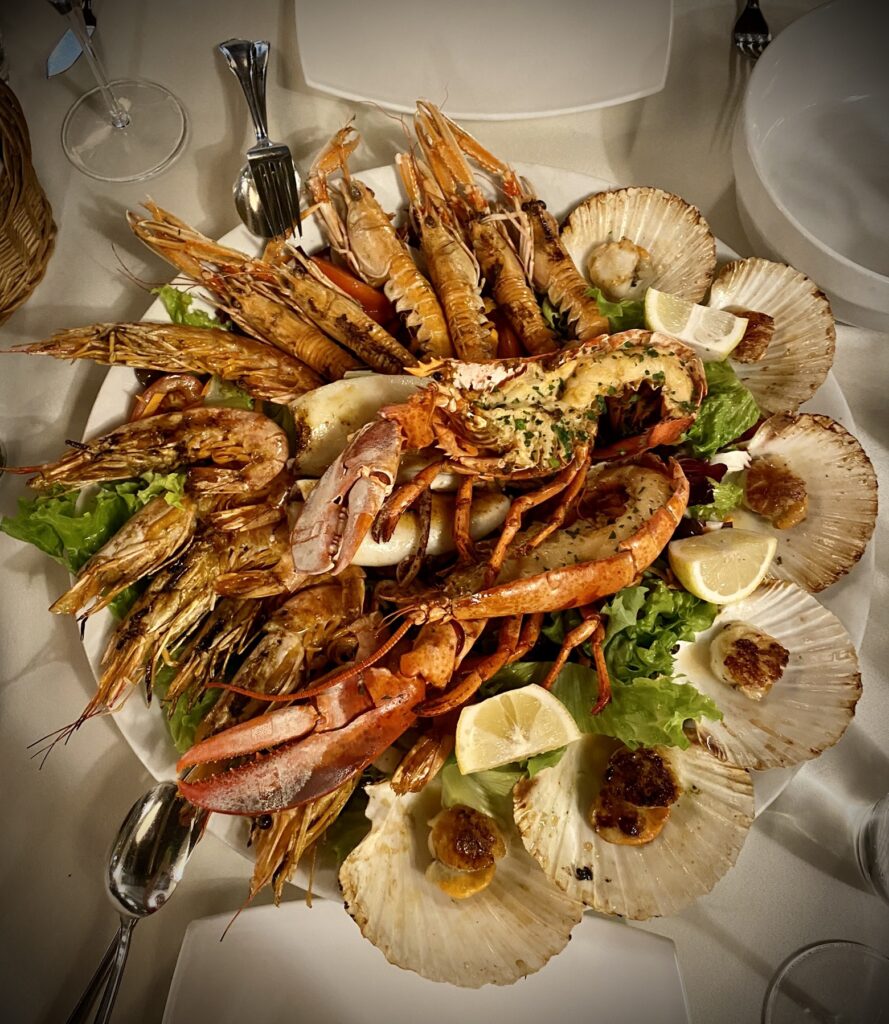
The other was a small Italian osteria (tavern), Osteria La Rocca. The chef is an Italian-Canadian who used to cook for Neil Young. He was a quirky individual, passionate about the food experience, and he made really freaking delicious food. It was one of the best meals we had in Italy.
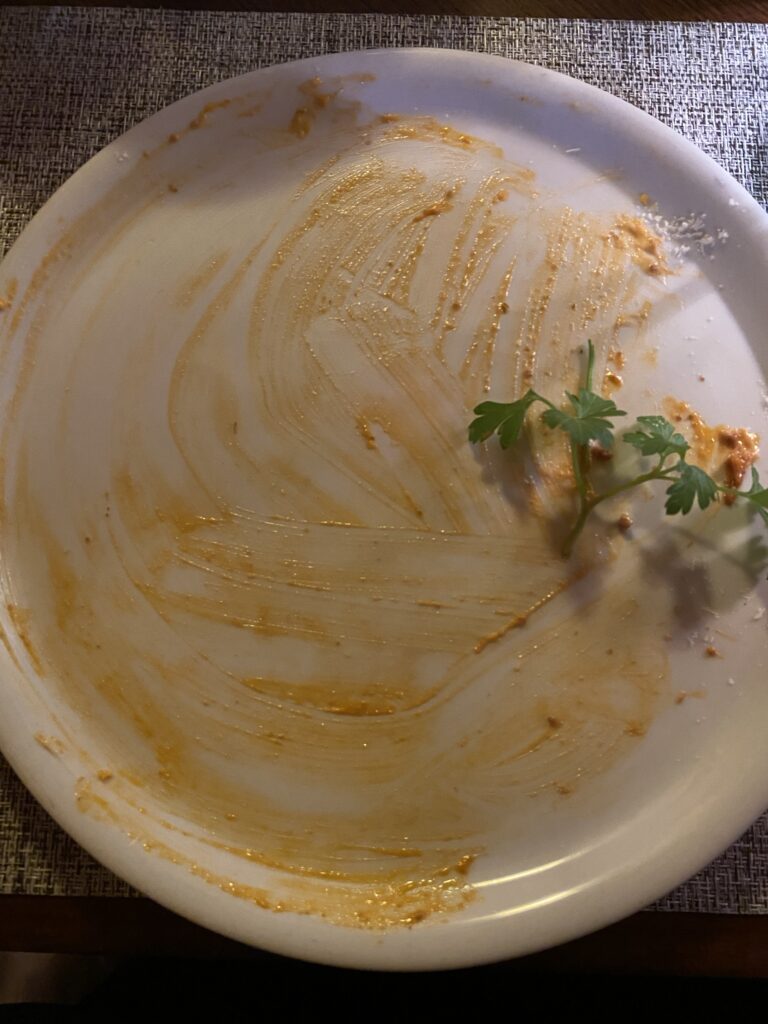
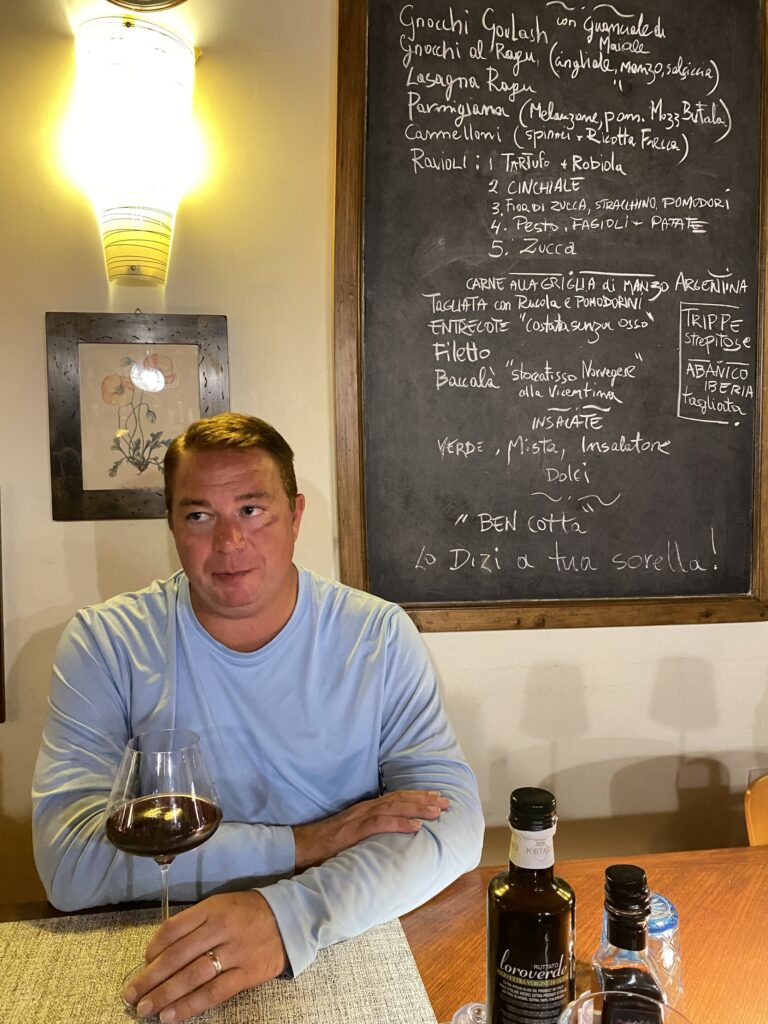
We could have easily spent multiple days exploring the destinations of each of our side trips but we only had one week to take as much in as possible.
To oversimplify, FVG is the “center of Europe,” where Italian, German/Austrian, and Slavic cultures meet. The different towns are as unique as fingerprints. Each are shaped by their own landscape and history so each day was a fresh history lesson and fun day of exploration.
Trieste, Italy
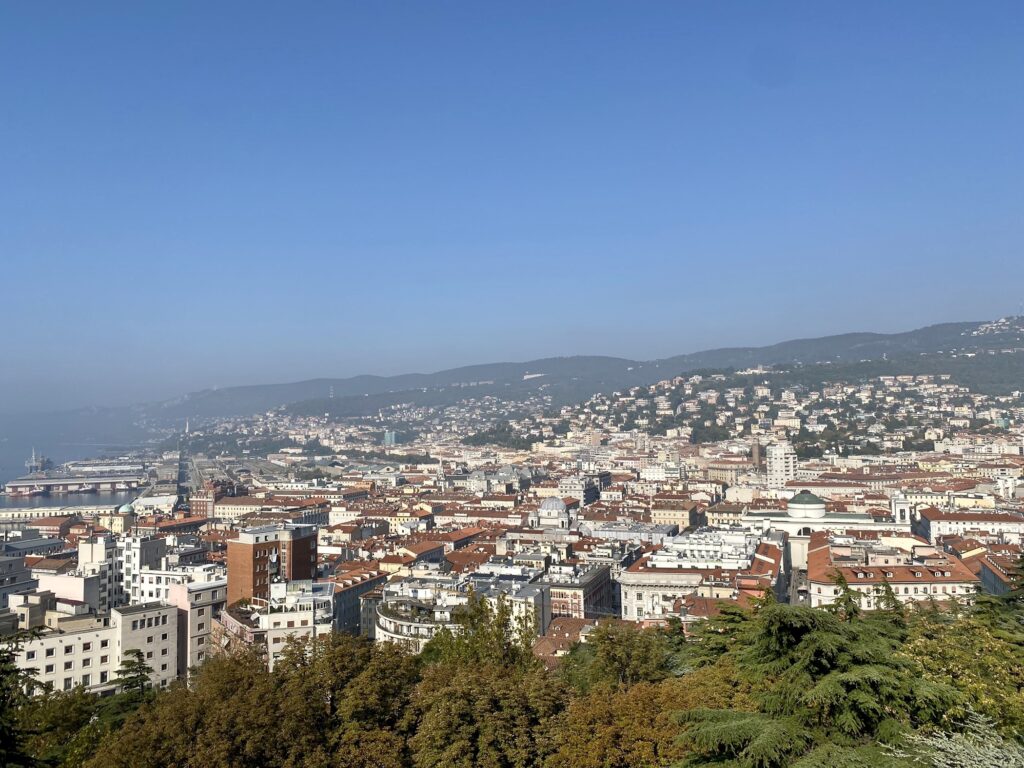
This city may be familiar to you if you’ve cruised around the Adriatic. This is the first day trip we took from Monfalcone.
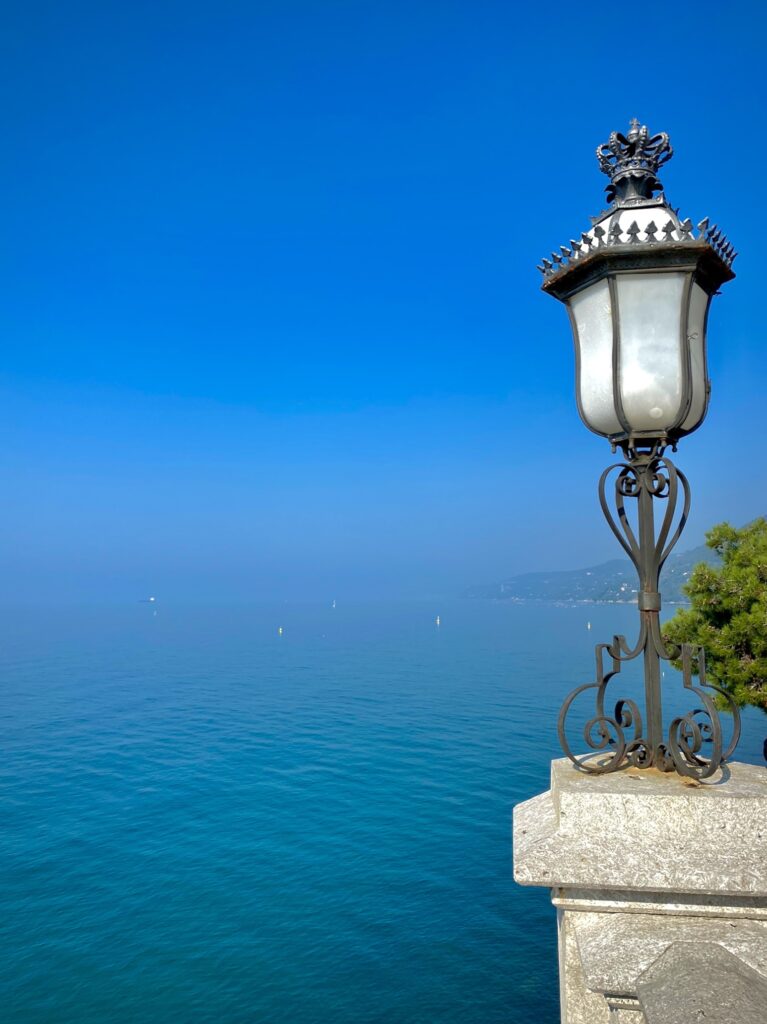
Trieste is nestled into the cliffs, and the highway that runs along the lush, green coastline reminded me a lot of Puerto Vallarta, where the cliffs dramatically meet the sea and a small road runs along it.
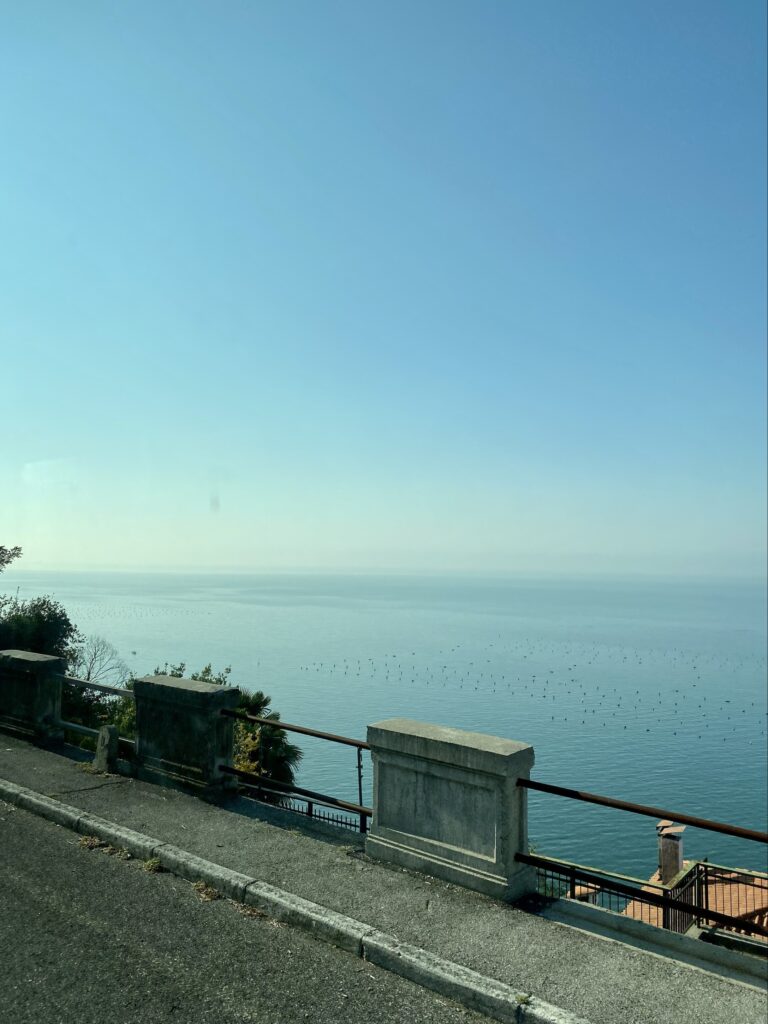
We actually spent two days exploring the city and nearby sites. After weeks of being inland it felt wonderful to be back on the coast!
The biggest highlight for me was the appropriately named Gigantic Cave (Grotta Gigante).
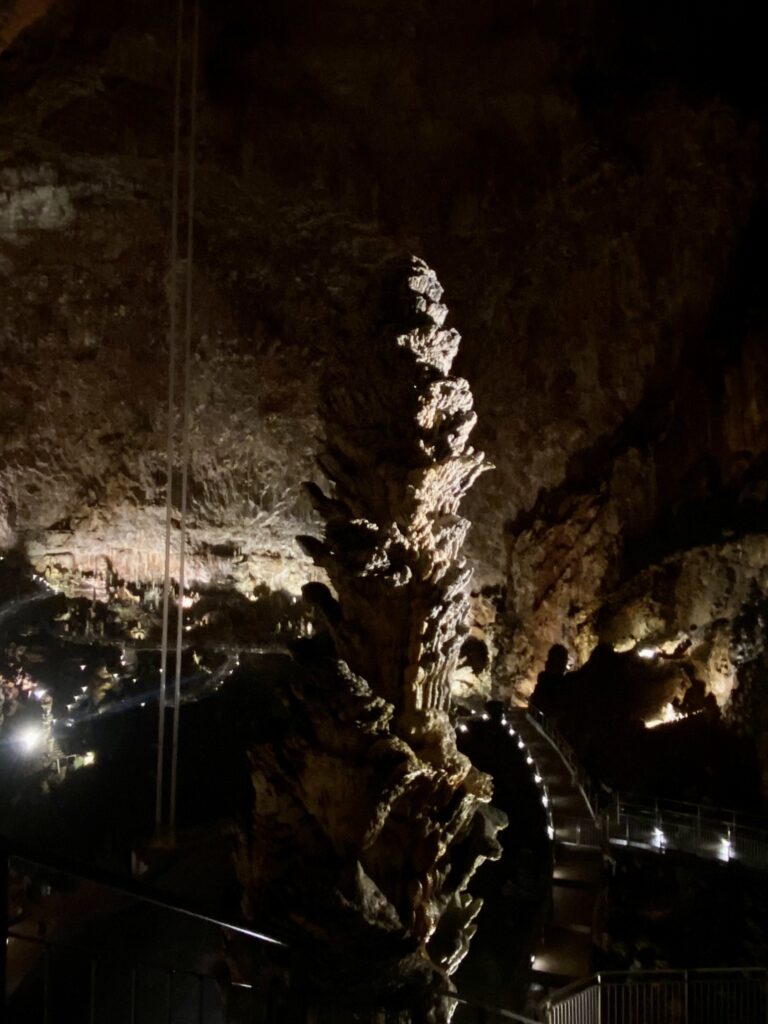
Photos do not accurately depict the actual or the perceived vastness. It was a slightly terrifying and highly rewarding experience.
To get there we took a completely packed municipal bus up a crazy cliffside route that winded up so far I thought we were going to drive right into heaven. I have no photos because there was not enough room on the bus for me to reach into my pocket to grab my phone! Just trust me that it was uncomfortable and amazing.
We then joined one other person on a guided tour of an incredible cave only discover a little more than 100 years ago. The cave is 100 yards tall. So when you see the pics and video, imagine if you placed a football field turned lengthways to understand the depth and size of this incredible place.
There are three entrances. We entered one, walked through the bottom, and then ascended through a different portal.
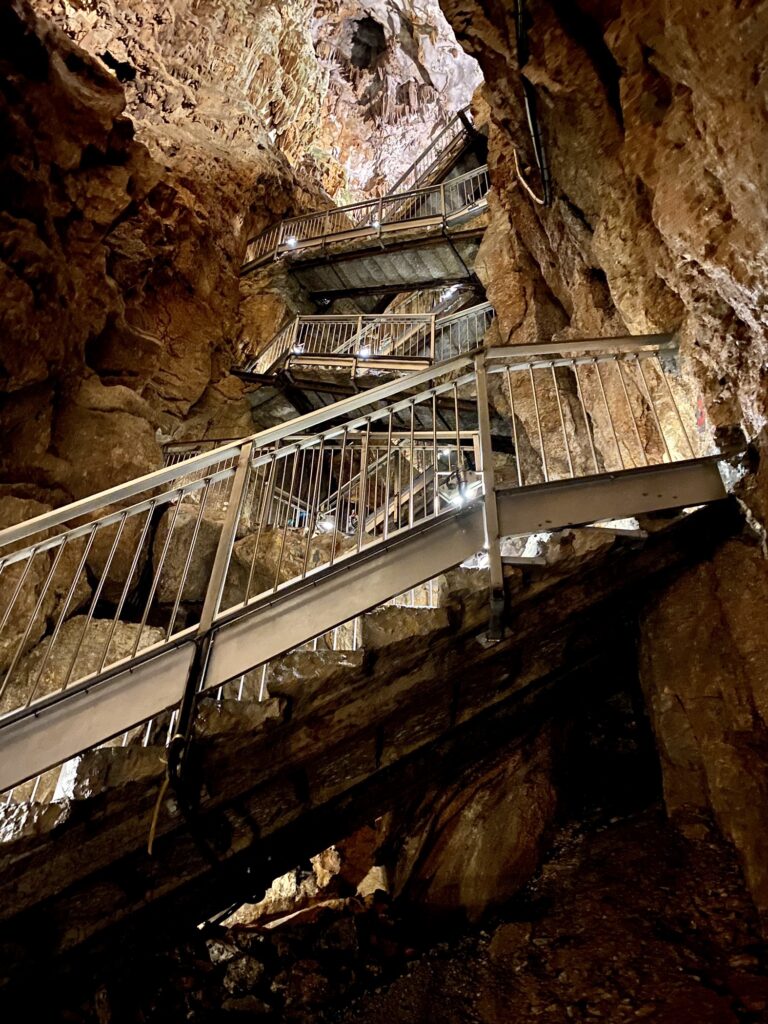
The large tubes in the center of the cave are actually part of a seismology device that records movement around the area and is so sensitive it can record worldwide earthquakes!
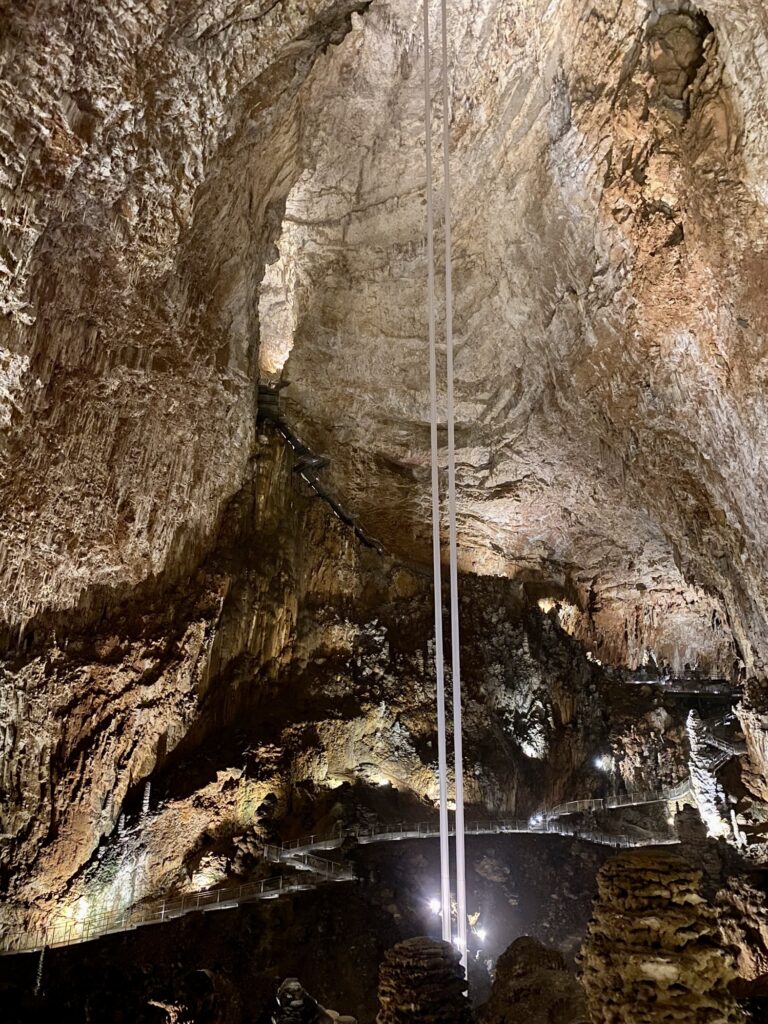
I was awestruck by the immensity of this cave and appreciated the experience so much – even if it was a little scary. There are many caves throughout FVG and if you’re ever in this area, be sure to explore at least one of them.
The other highlight for me was Miramare Castle and Gardens.
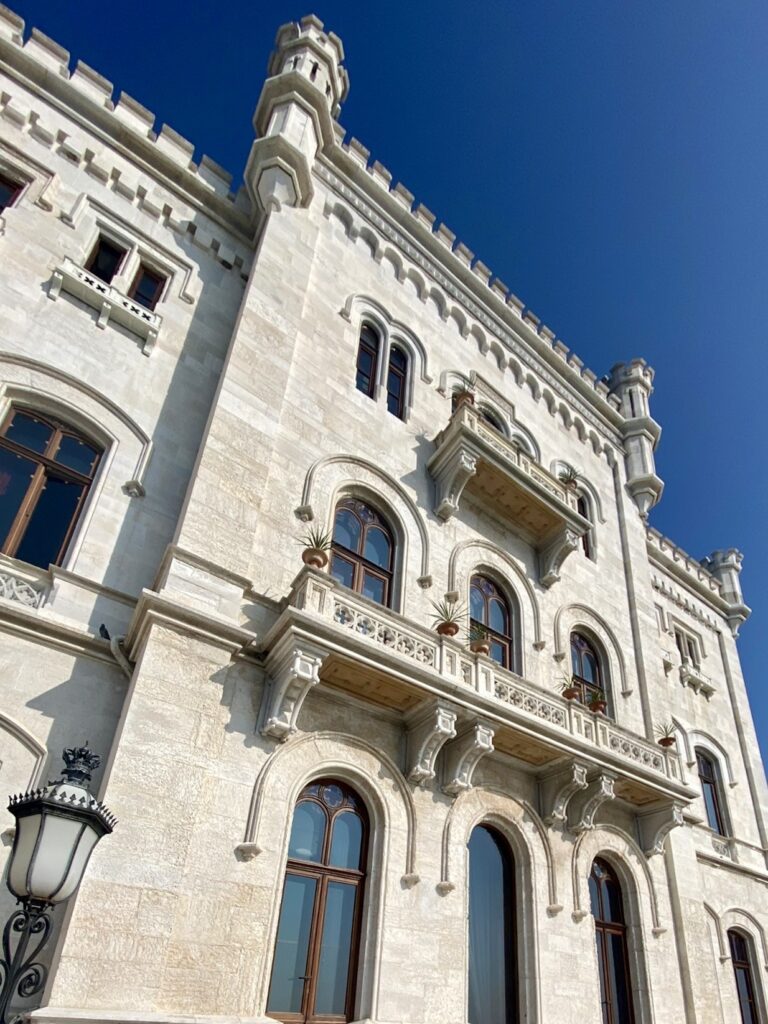
Maximilian I of Mexico (a member of the Habsburg royal family) built this castle when Trieste was part of the Habsburg territory. They were still in the process of decorating it when Maximilian left for Mexico to be installed as Emperor, and was subsequently defeated and executed.
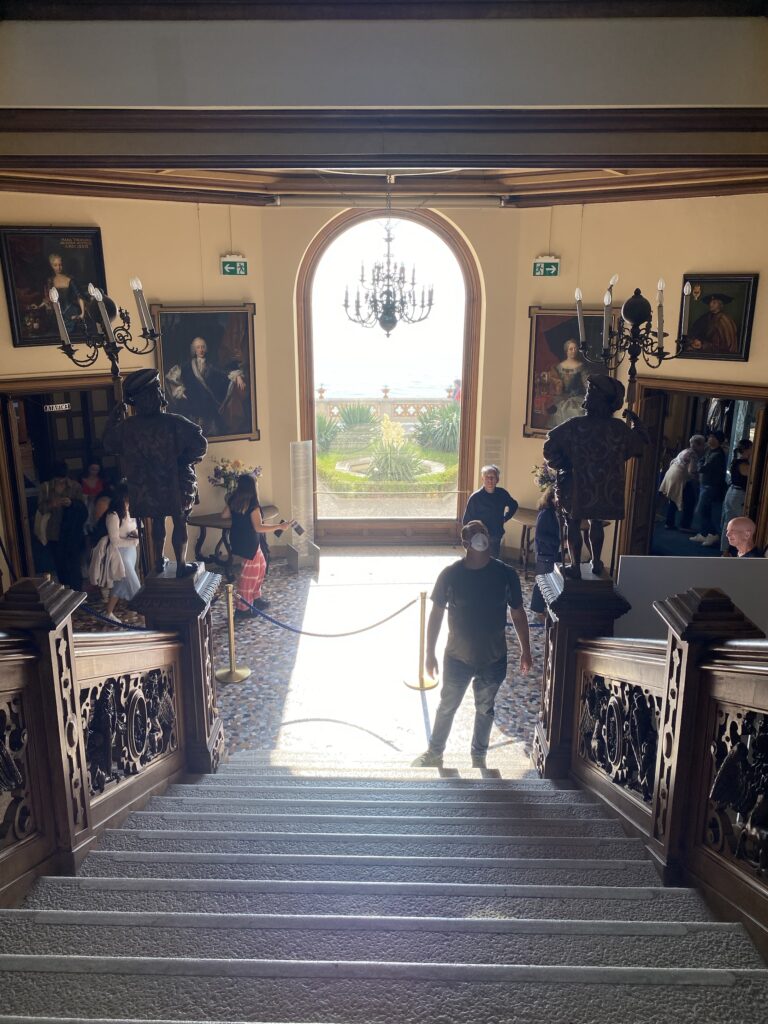
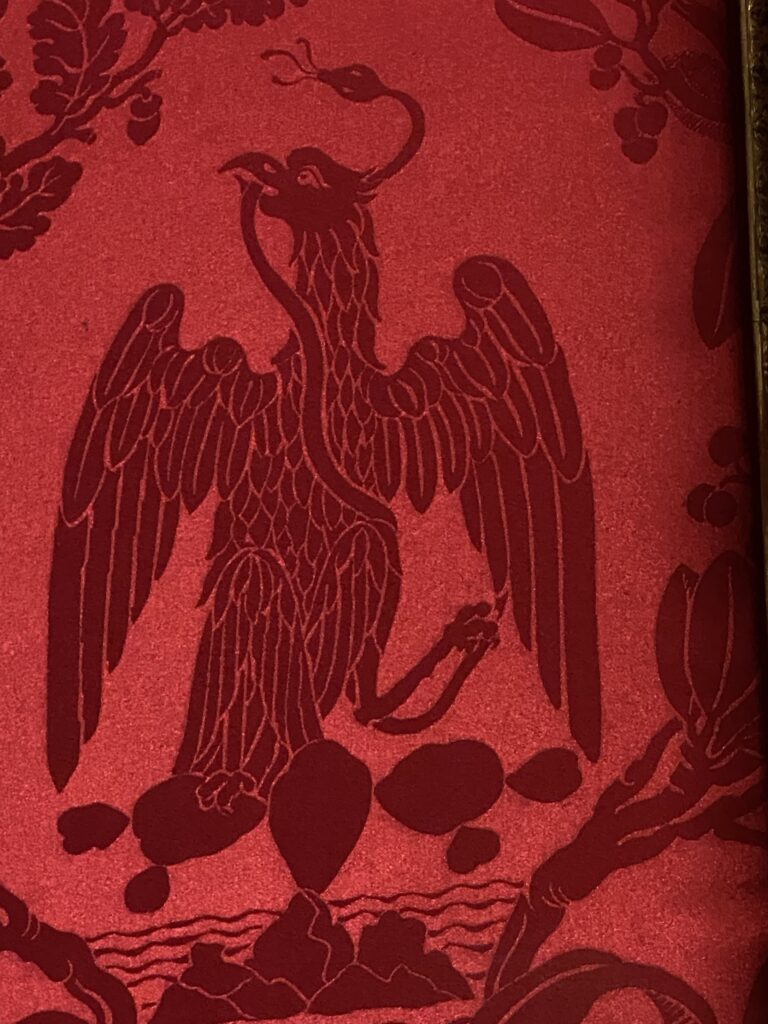
The gardens are actually free to enjoy for the public and it’s the perfect place to have a picnic or sit and enjoy the fresh smells and tranquility. I loved it!
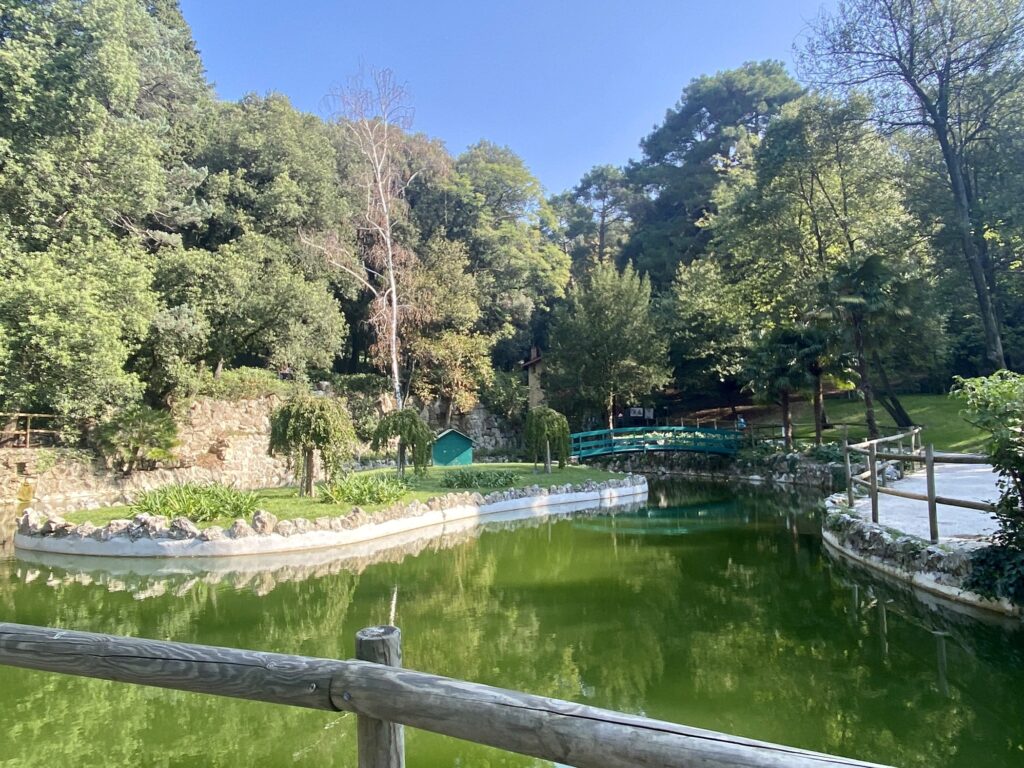
Maximilian and his wife were both passionate about botany and plant life can be found in intricate details throughout the house and property. A part of the castle even boasts a large “paper garden” (all their books and pictures of botanicals.)
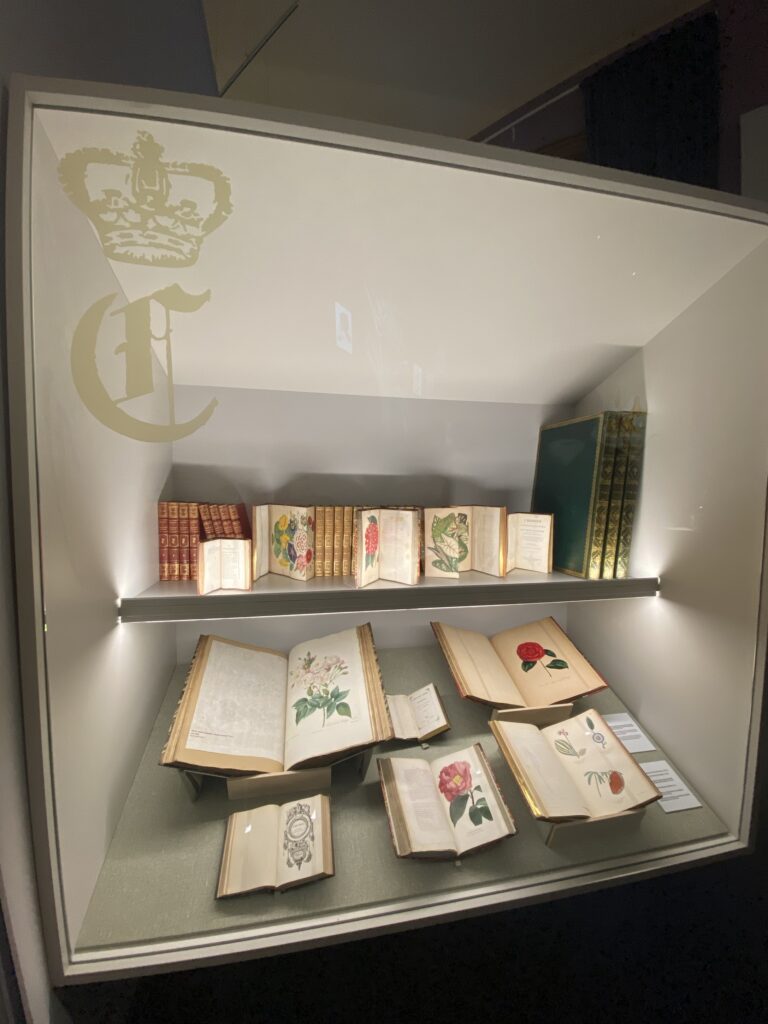
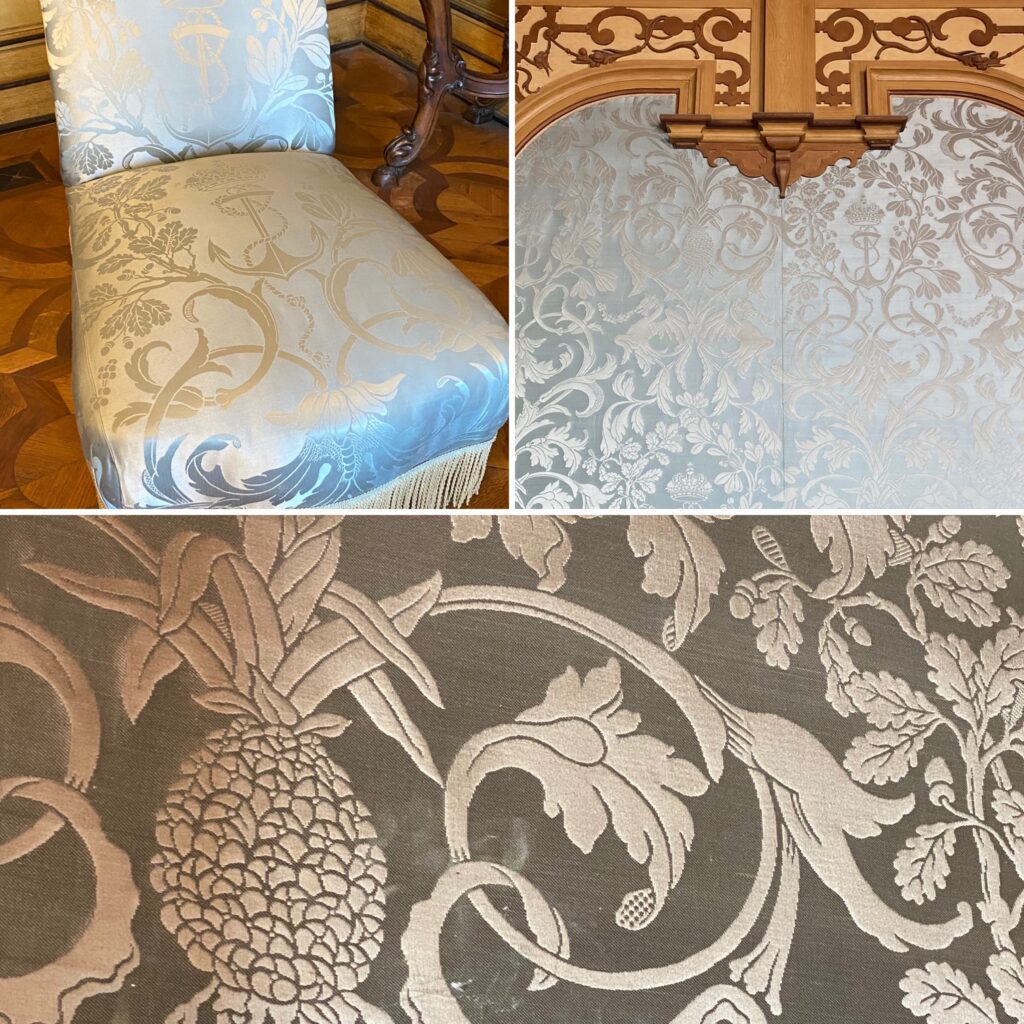
This tour has really stuck with me and it was just a perfect sightseeing day. Maximilian’s story is now cemented into my memory and I learned so much about this time period just by touring a home by the sea.
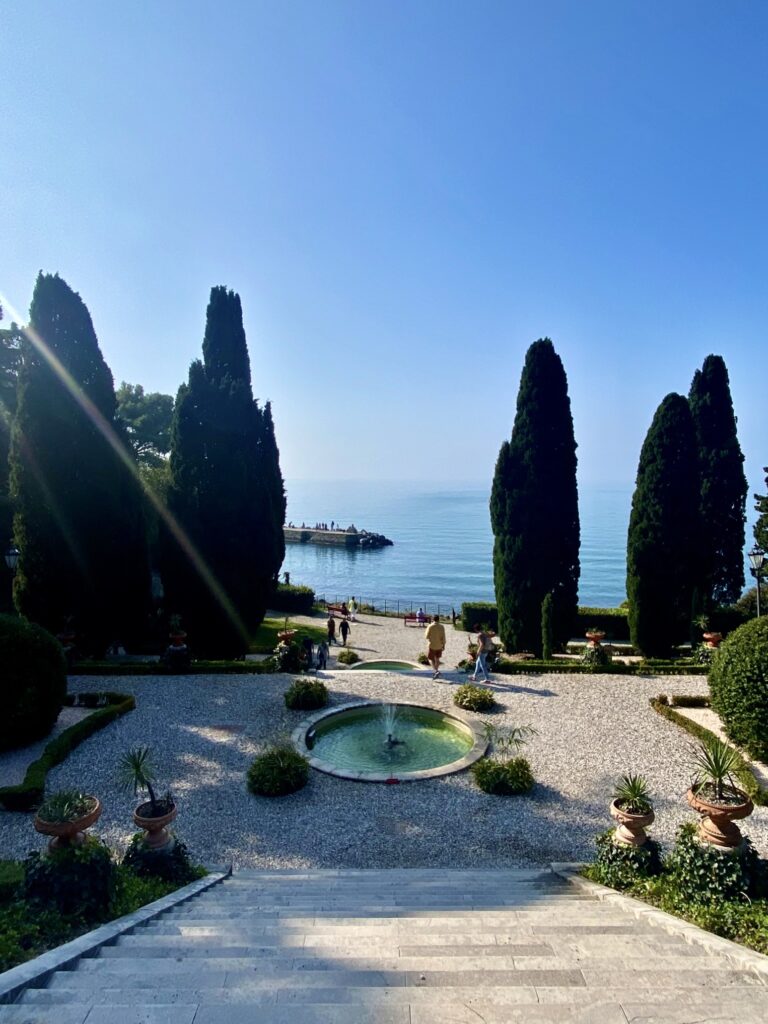
Other than that we walked around Trieste enjoying the vibe – seafront with large elegant squares, grand buildings, and good food.
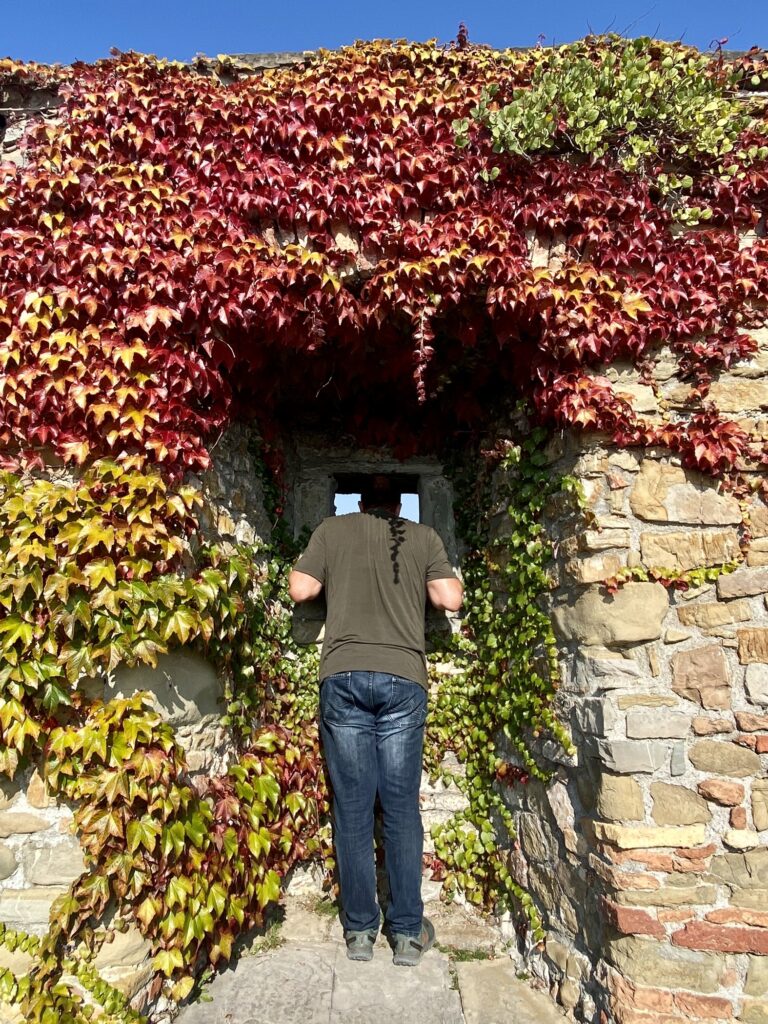
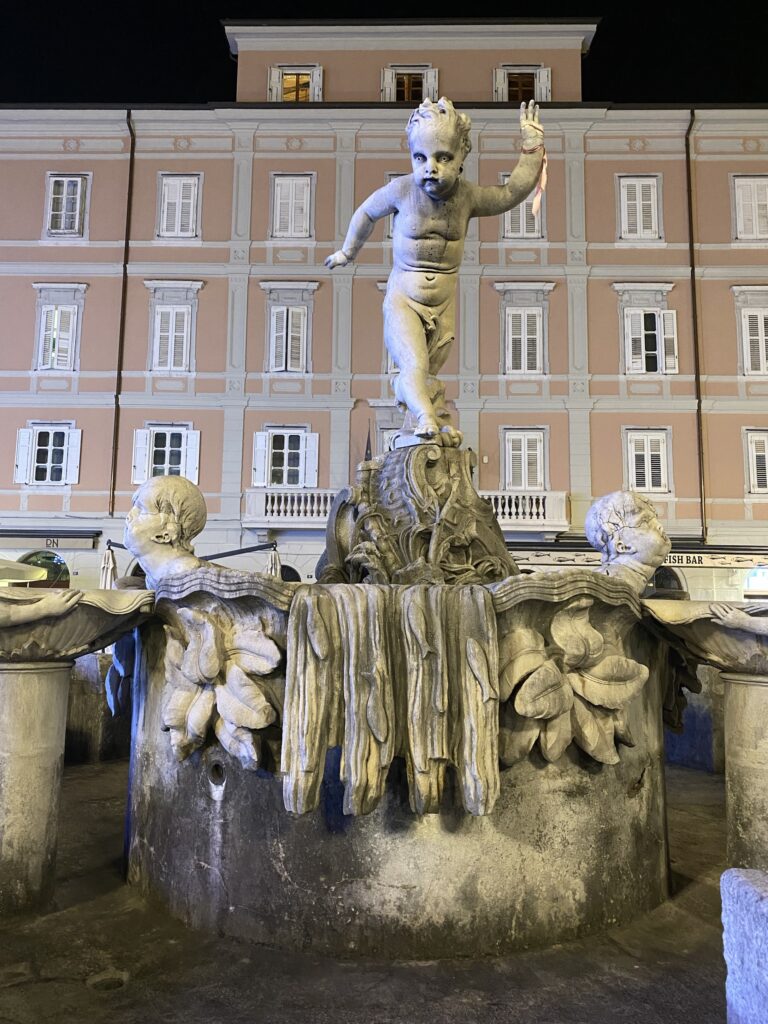
Trieste features a number of “buffet” restaurants. Unlike an all-you-can-eat buffet, these restaurants have counters full of smoked and cured meats to choose from, served as a platter or sandwich, with mustard and horseradish. We opted for the mixed platter. It was not as much of a meat-feast as we thought we would receive, but it was rich and tasty and did fill us up.
The beer was served in a child-size mug, similar to ordering a caña of beer in Spain. Stick to the wine!
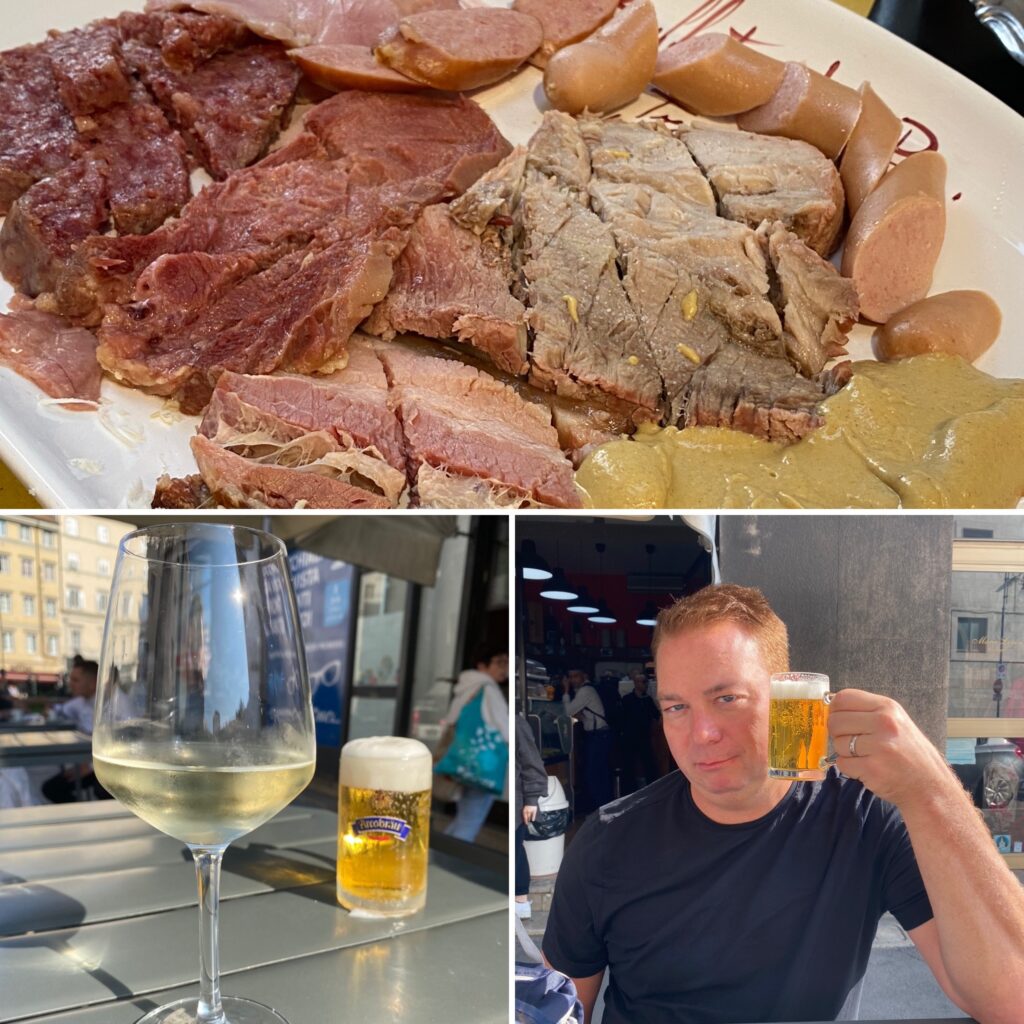
It is no wonder we liked the area since we also really enjoyed our time next door in Slovenia!
Grado, Italy
We didn’t spend much time exploring Grado as it seems like a summer city. Our bed and breakfast hosts drove us into town which saved us from a bus journey.
The town is only about 30 minutes from Monfalcone and has many canals like Venice. It also has some beaches and we were hoping to soak up some rays since the weather was quite warm that day. We walked the length of the beach and posted up at the end on a small pier. We sat and and ate sandwiches leftover from breakfast and basked in the sunlight. It was nice… except for the flies! Ugh, the bugs were so annoying that we packed up and left. Italy has been especially buggy and we wonder how bad it is in the summer.
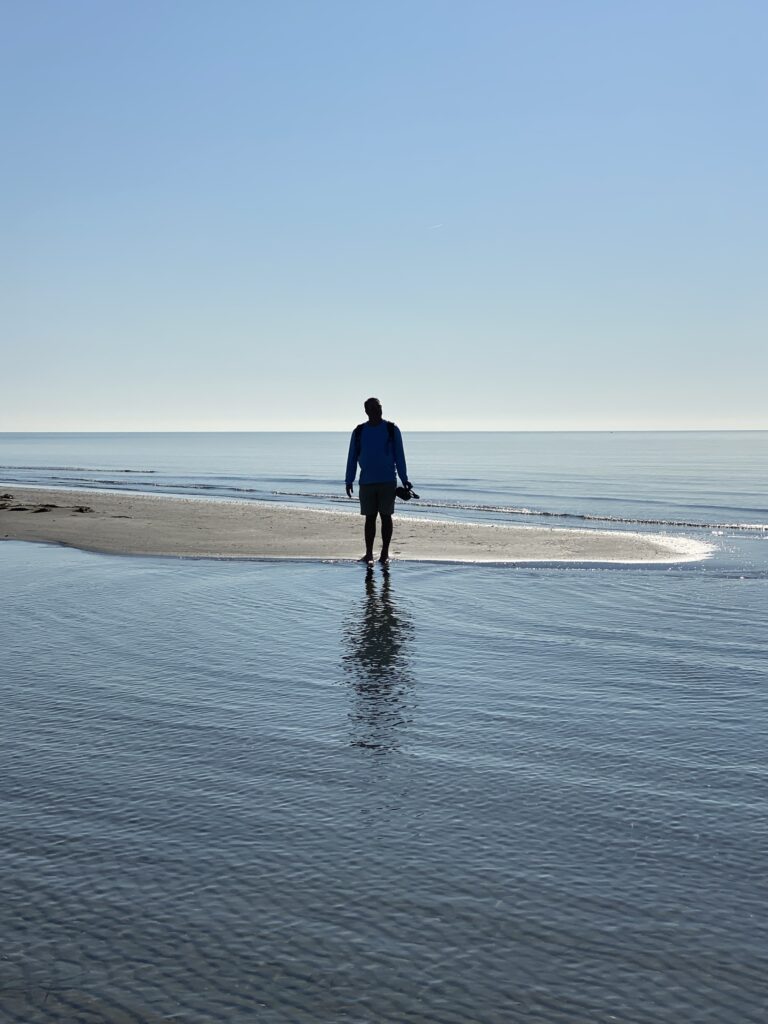
We strolled about town for a bit and then jumped a boat to see the Our Lady of Peace church. This church is special because it’s on an island.
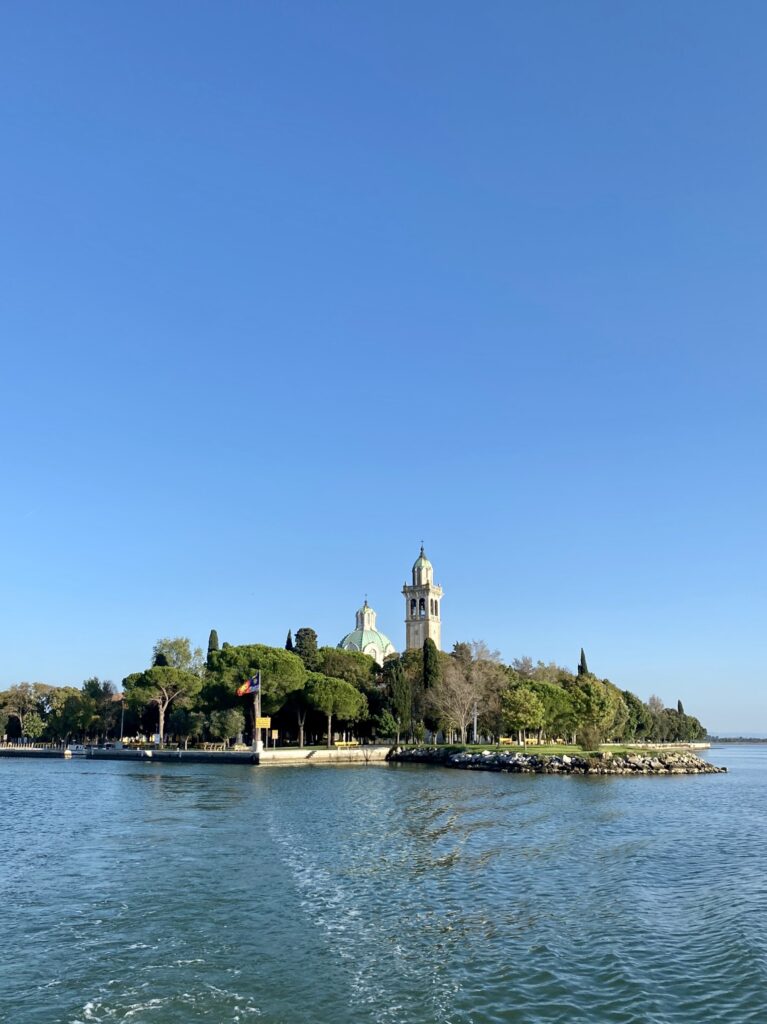
It was a nice boat ride to that section of the lagoon and the church was pretty. We sat for part of mass and I loved seeing the afternoon light pour in through the stained glass windows.
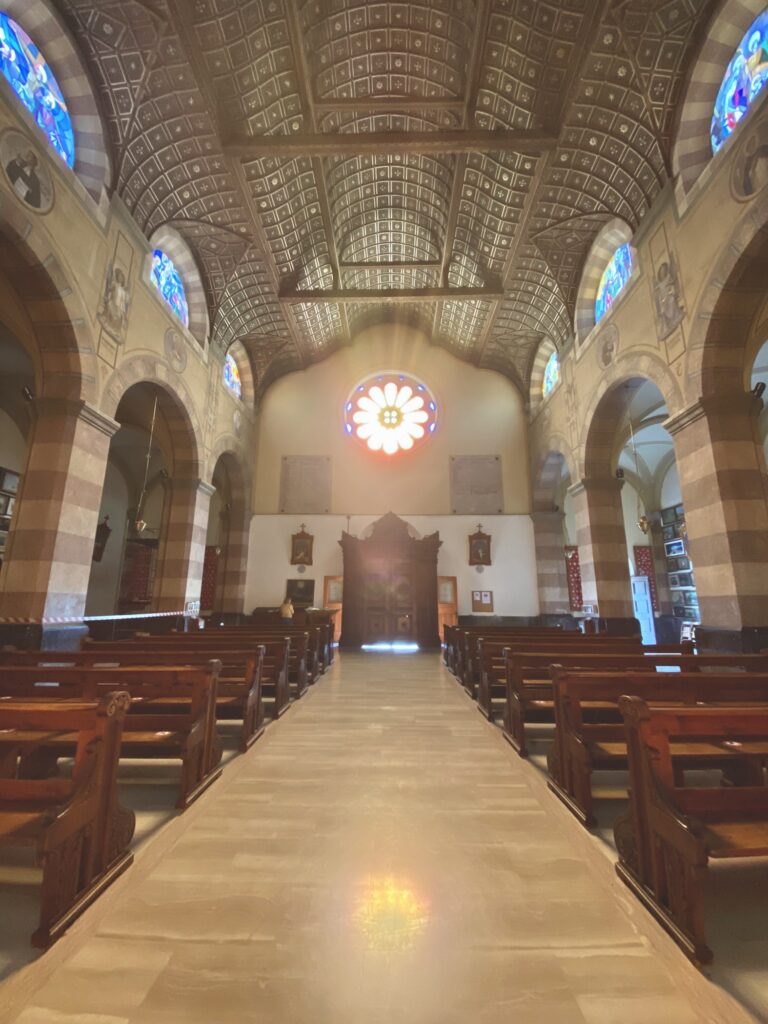
In the afternoon we boarded a bus back to Monfalcone. On the way back, we attempted to go to the Shipbuilding Museum (MuCa) but they had just switched to winter hours so the hours provided with the FVG Card were incorrect. We tried to check beforehand but the website was down (since restored). Regardless, even though we arrived with about 25 minutes before the museum’s posted closing time, the museum was locked up for the day. (This was common in Italy: at small museums, expect to get pushed out the door at the end of the day. There are spritzes to drink, after all!)
Udine and Cividale del Friuli, Italy
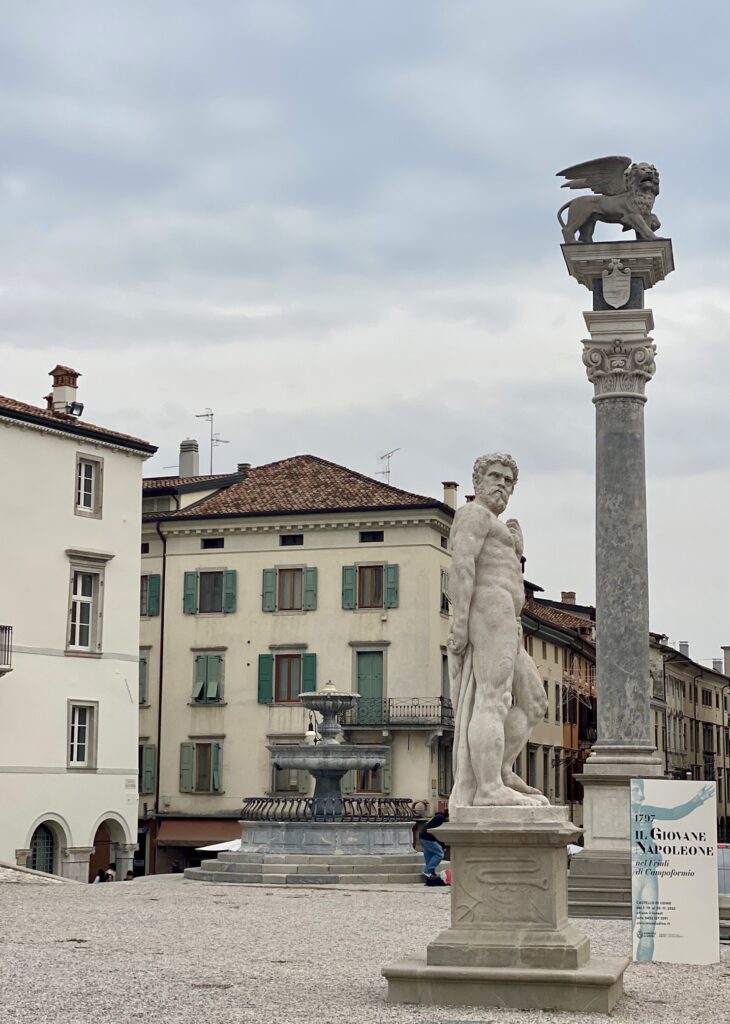
Udine was a quaint and cute city and I’d love to go back and explore more of it. We split our day between two cities so we didn’t have enough time in either place to explore beyond the surface. Our first stop in was the Udine Castle, home to the Civic Museums. Along with some historical exhibitions, the true gem for us was the Museum of Ancient Art, featuring around 15 rooms filled with classic paintings and sculpture. In contrast with the hustle-and-bustle of the Florence museums, it was a nice reprieve to be able to pause and contemplate the works.
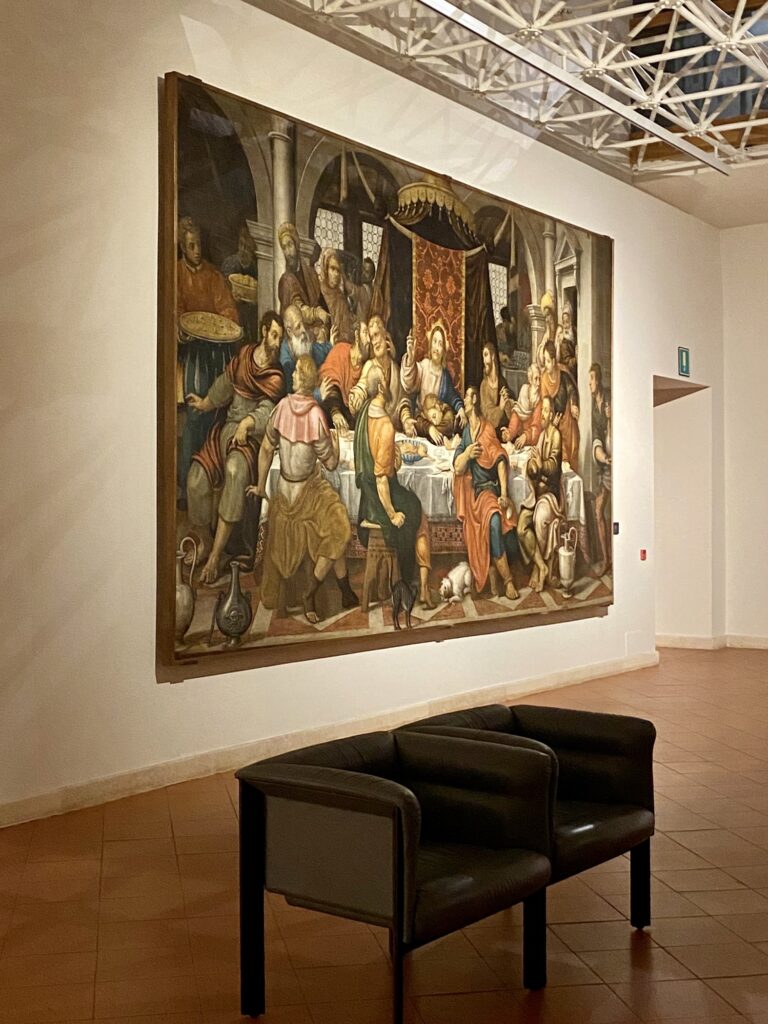
The castle is in the center of the city on top of a large hill. It is said that Atilla stood on the top of the hill to watch nearby cities burn.
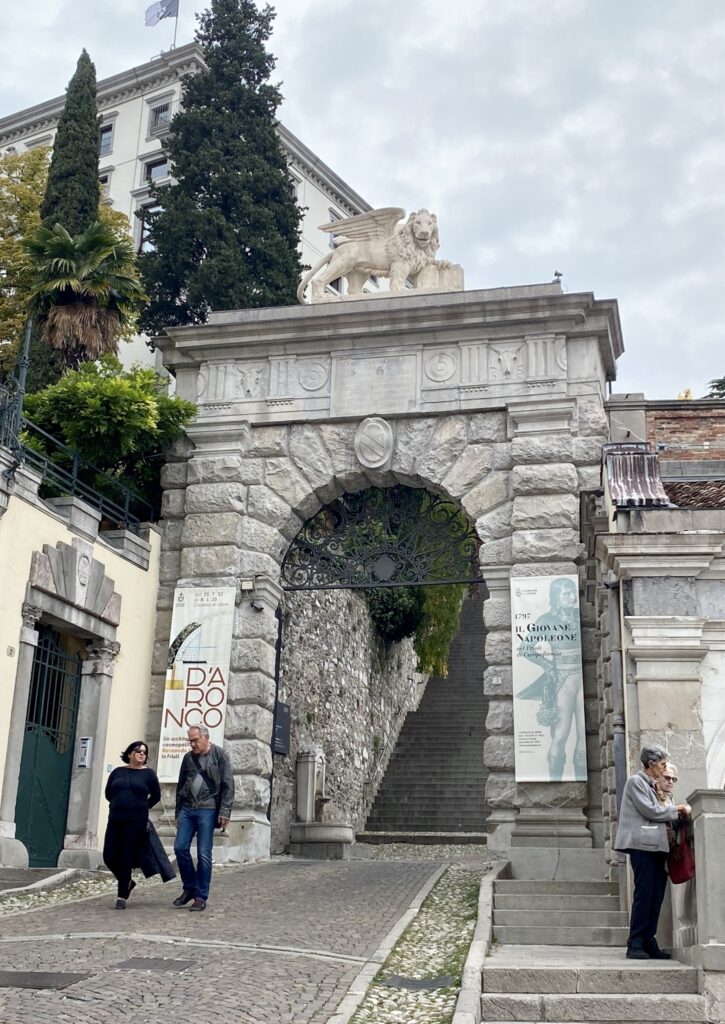
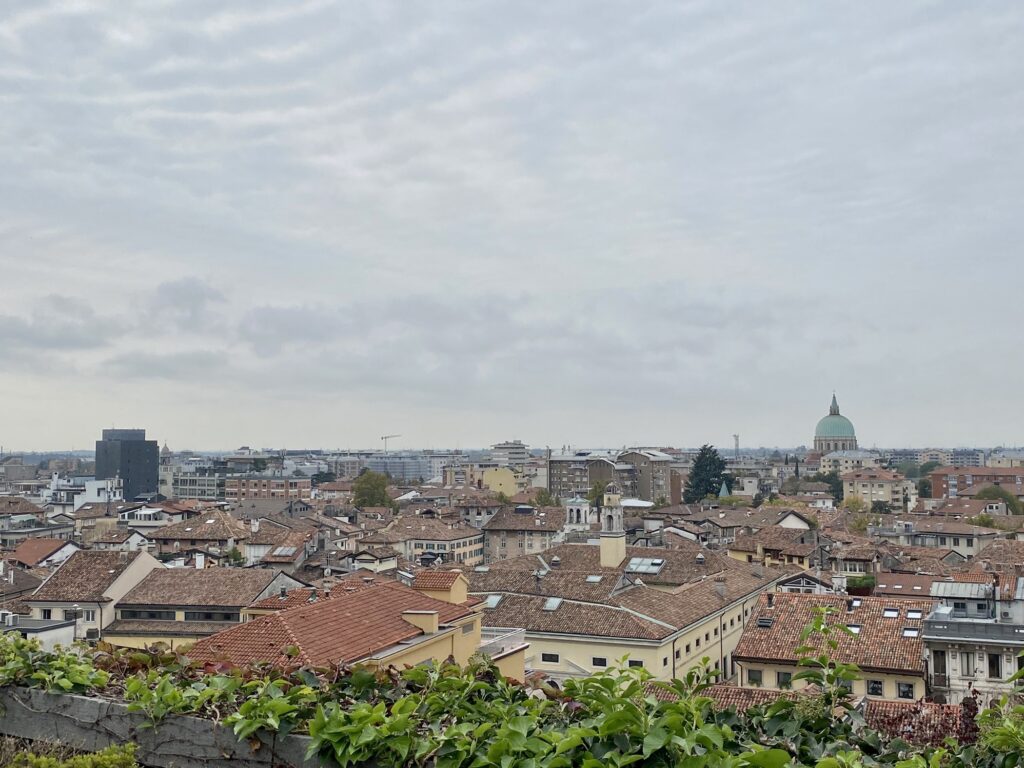
We then followed the walking tour down the hill and through the city.
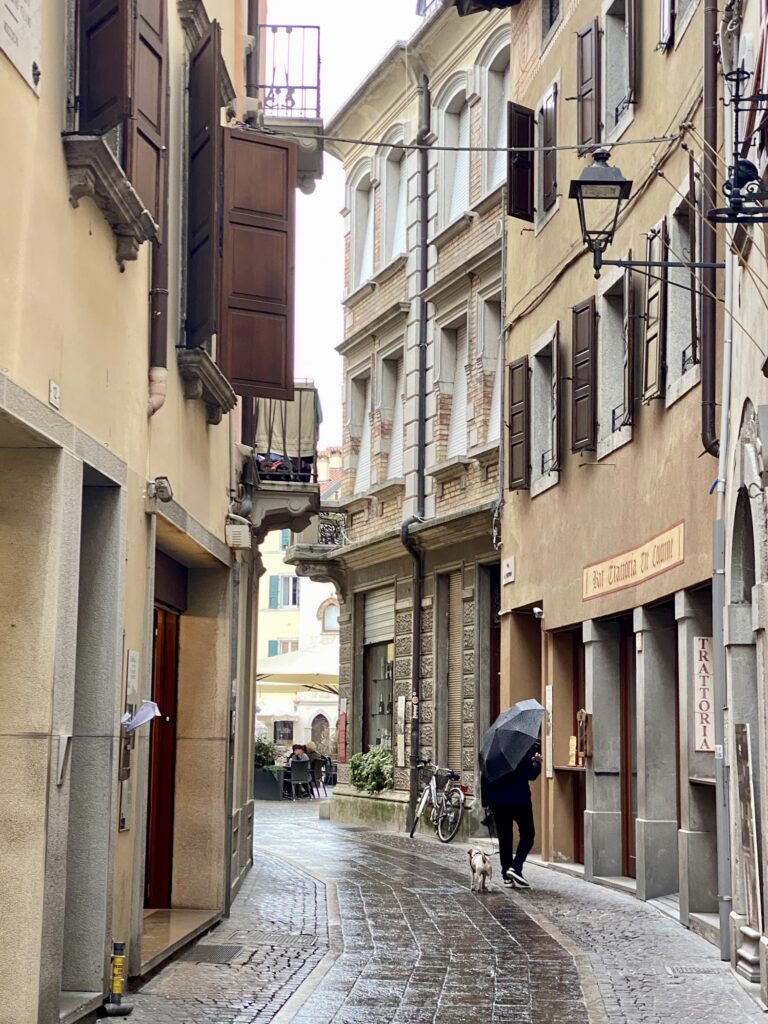
Around midday we stopped at a wonderful establishment for fantastic natural wines and sandwiches.
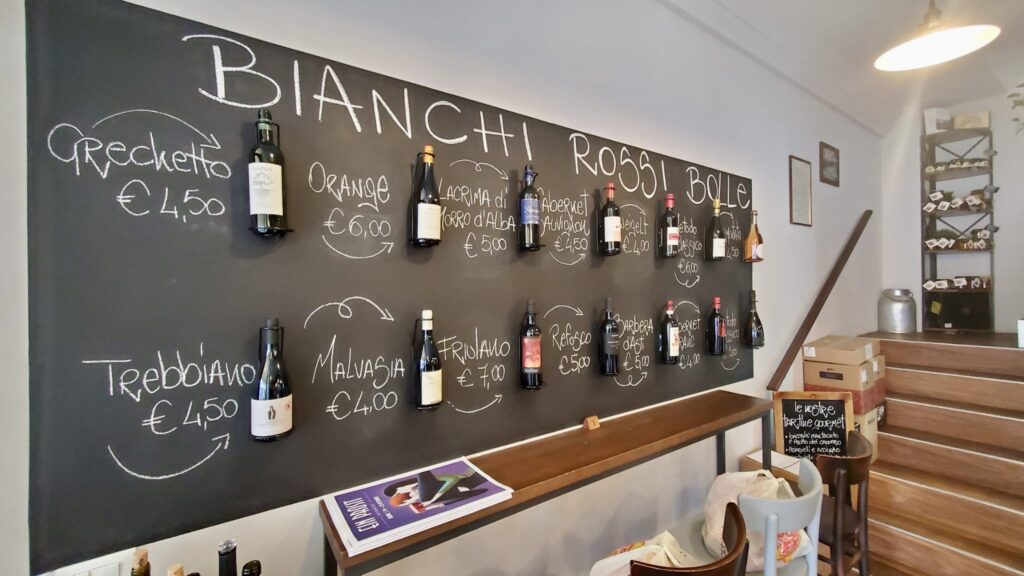
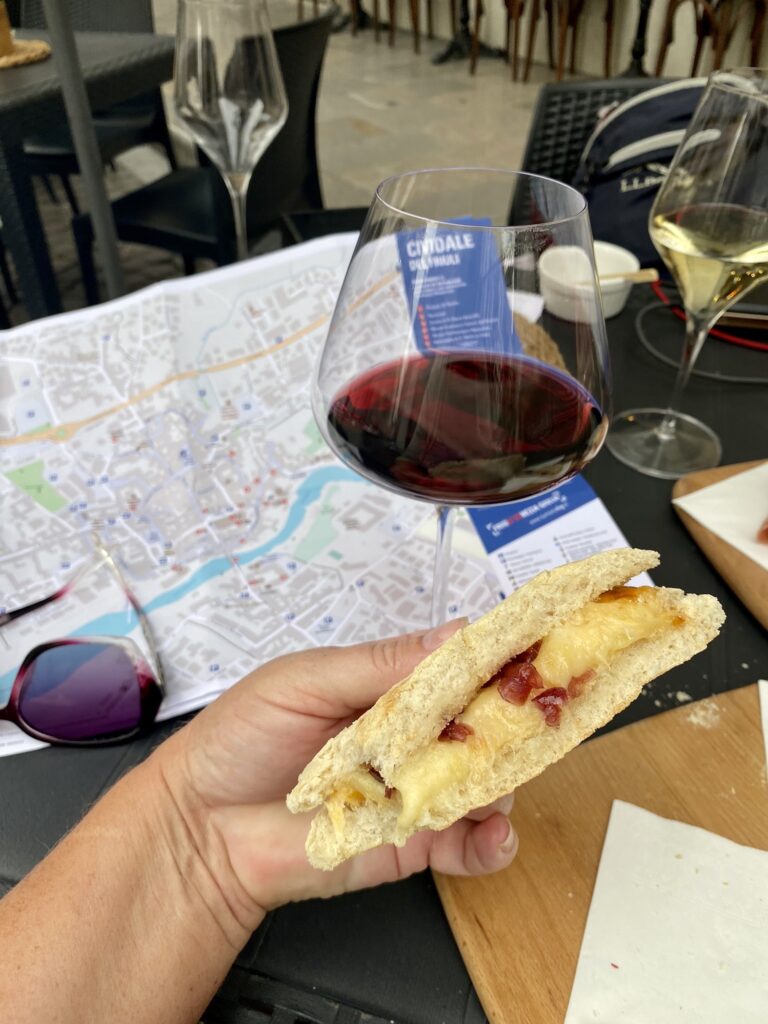
We then headed to a tiny village not far away, Cividale del Friuli.
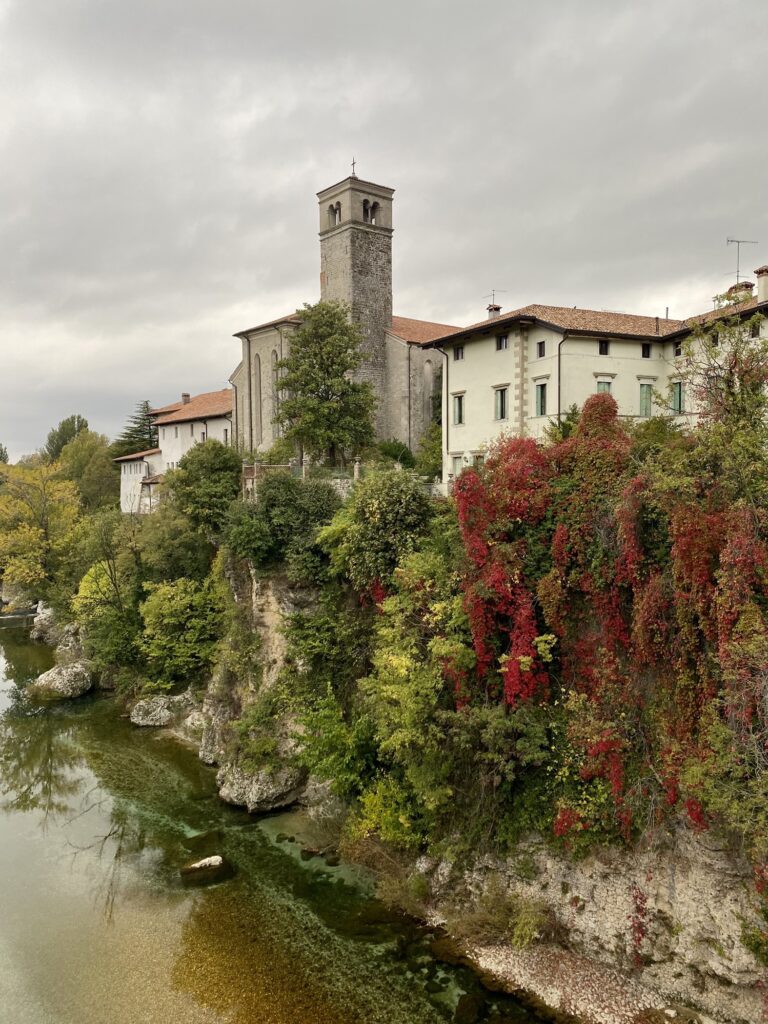
The 20 minute train ride to this city was included with the FVG card. The train is operated not by Trenitalia but by a local operator, FUC. Our first train was modern and clean and the train back looked like it was constructed in the decade in which Corey was born (it was still clean and was like a retro experience).
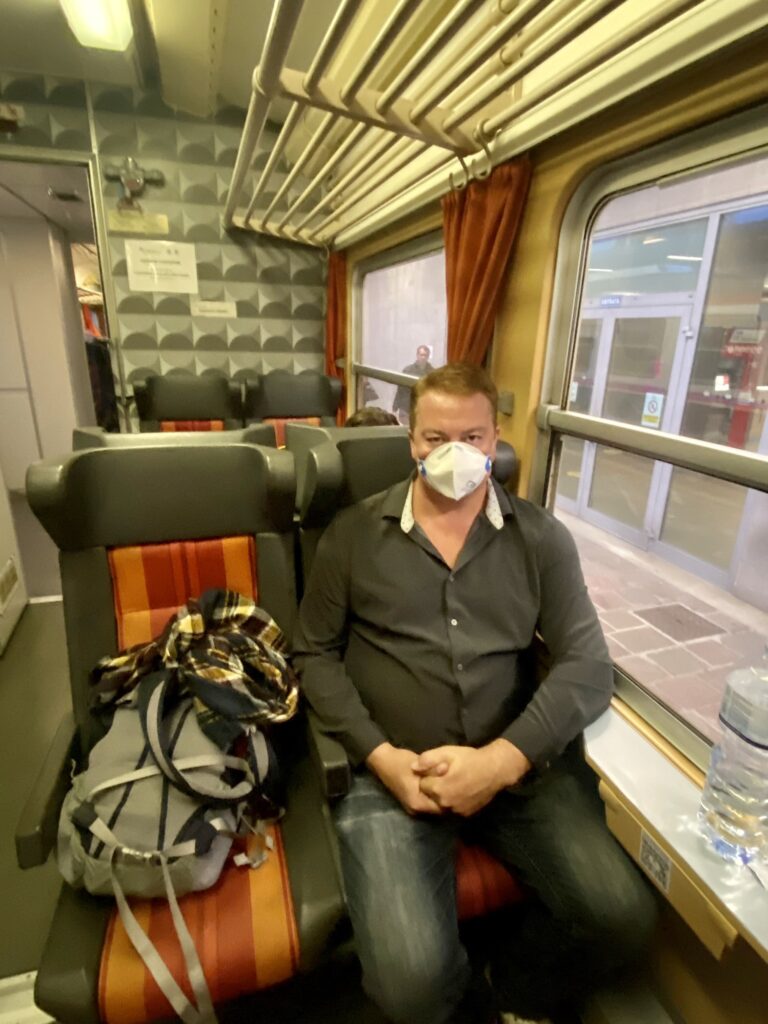
While we were in town we walked through the narrow medieval streets and admired the quaint town vibes, walled monastery, and the tall bridges over the river. We arrived too late in the day to rent an audio tour so we did our own short walking tour then took the train back to Udine for dinner.
(Even in the same region of Italy, some walking tours can be done on your phone, but others require checking out a device from the tourism office, which would need to be returned before the office closes.)
Palmanova, Italy
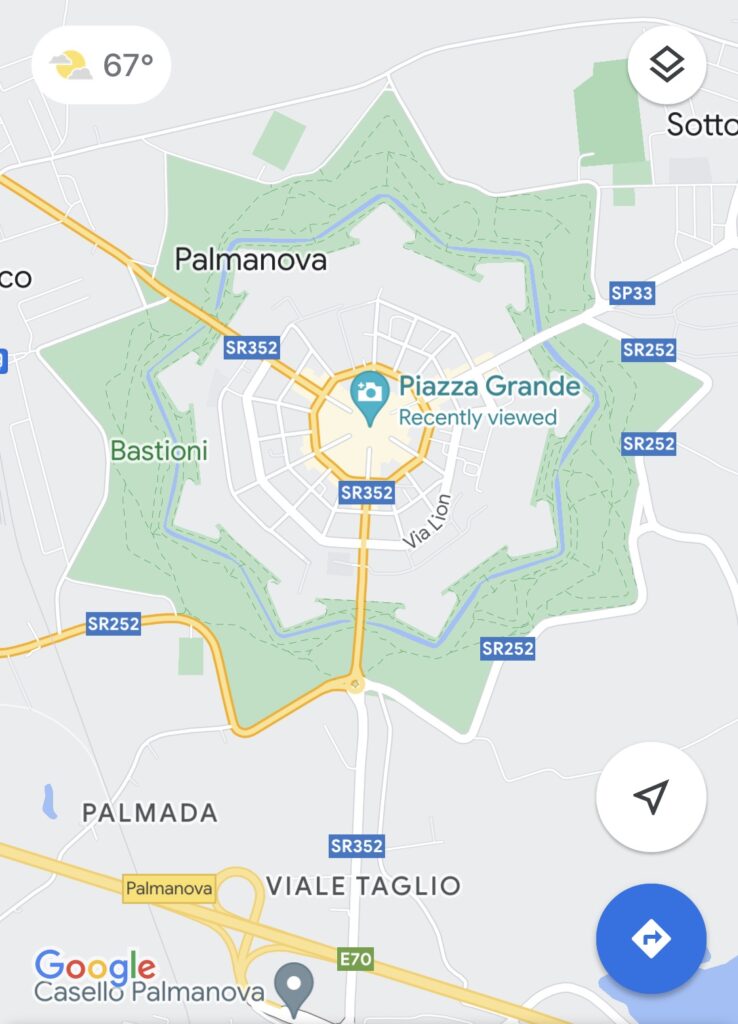
A unique city based on its layout: a nine pointed star fort! The city has been important for various militaries over the centuries and it was really fun to do the walking tour and learn all about its fortifications (walls, tunnels, moats, and more walls).
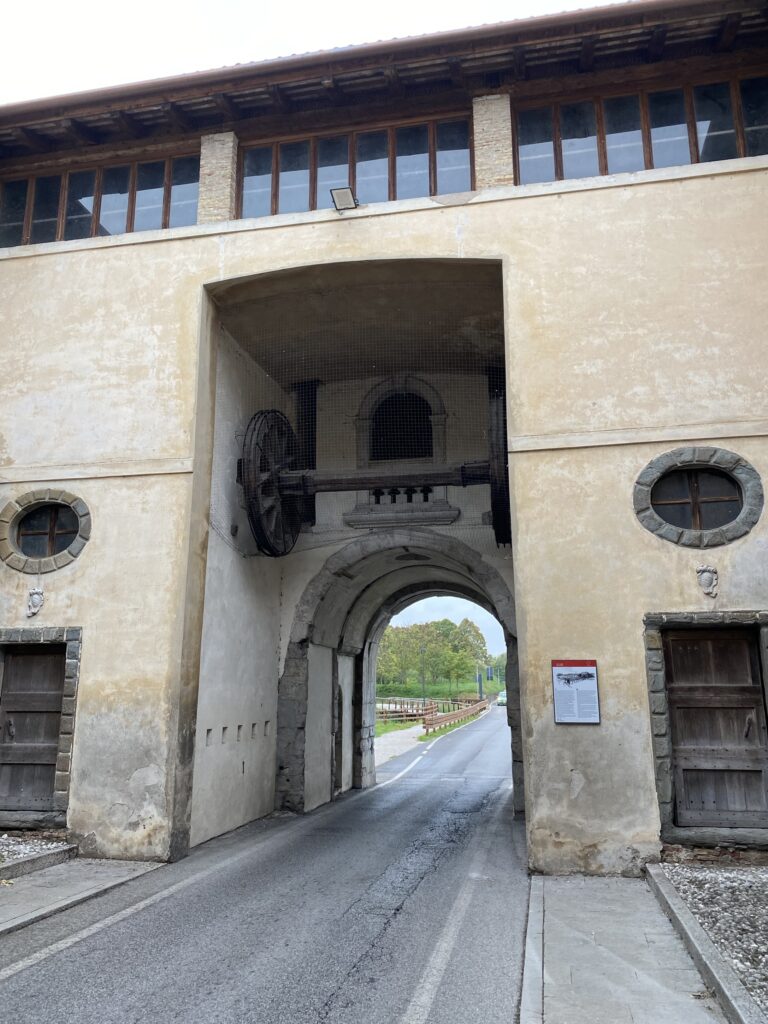
The city walk guide pointed out various architecture and significance structures inside the city walls and also outside. There are actually three sets of walls that surround the city.
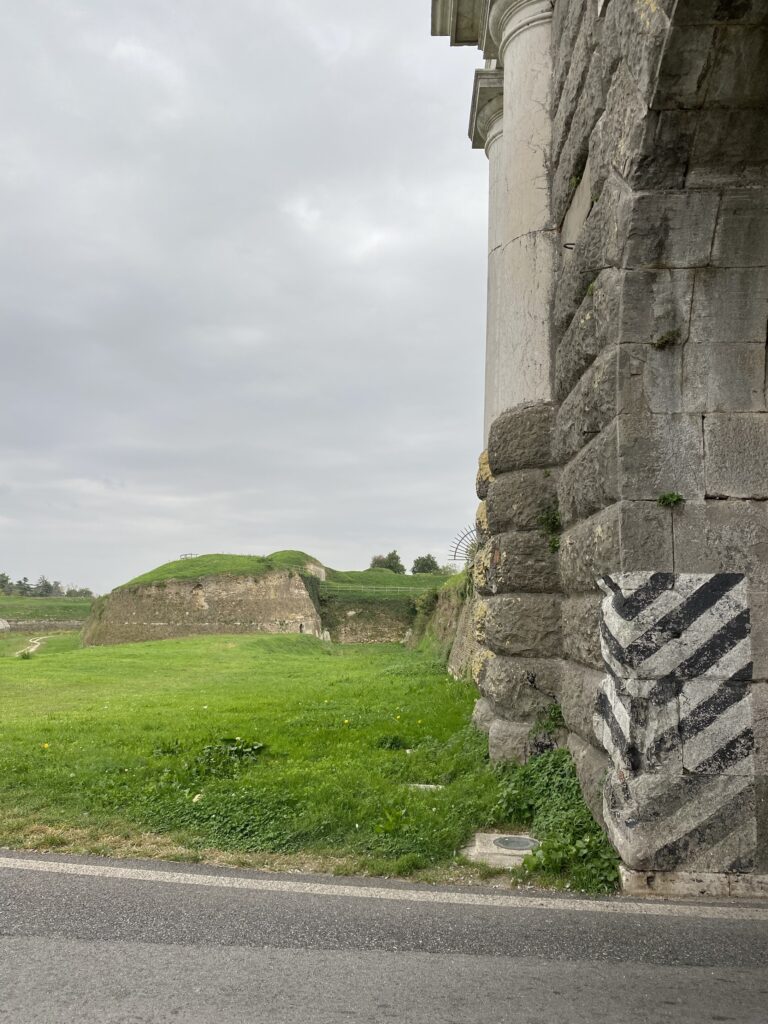
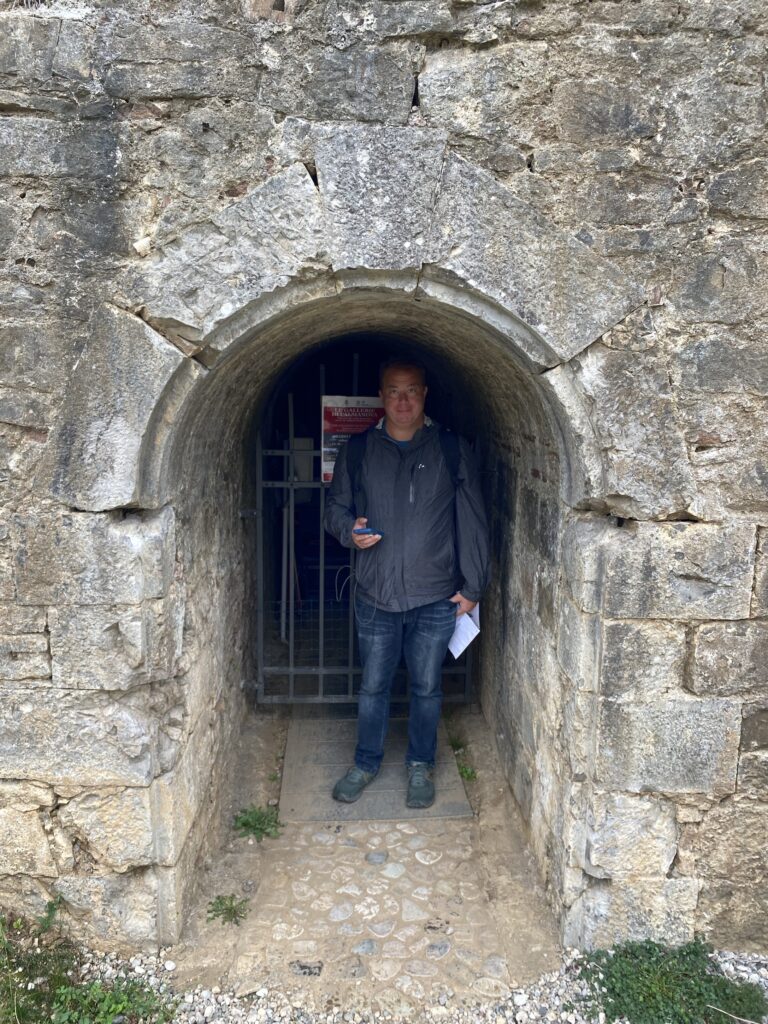
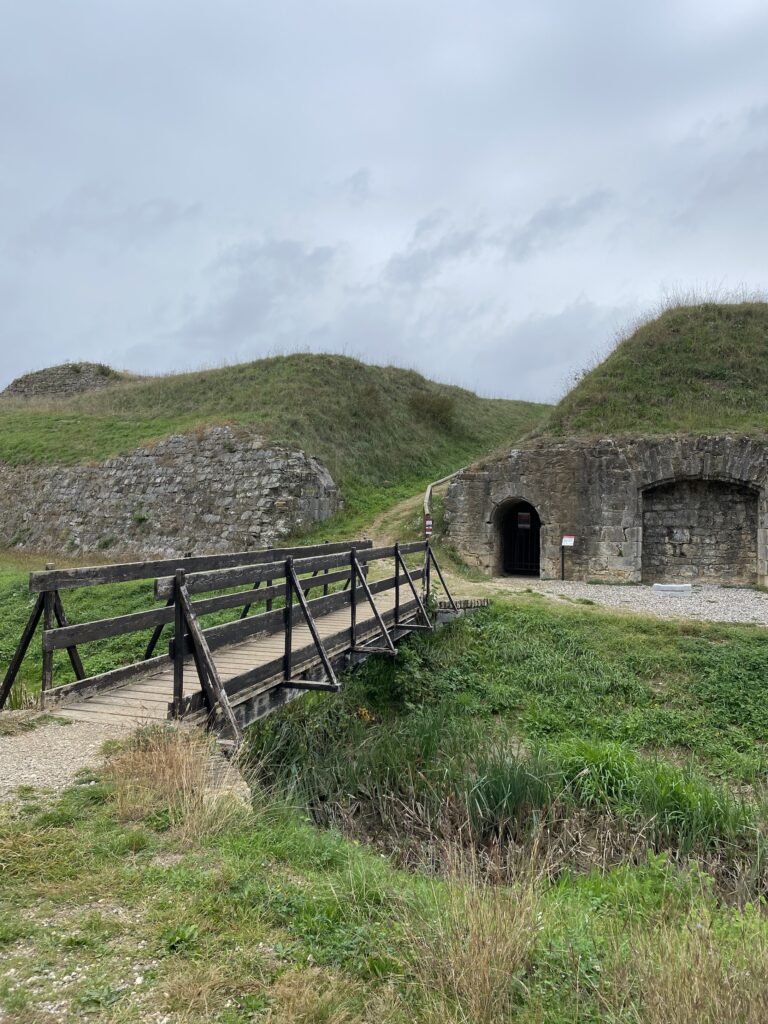
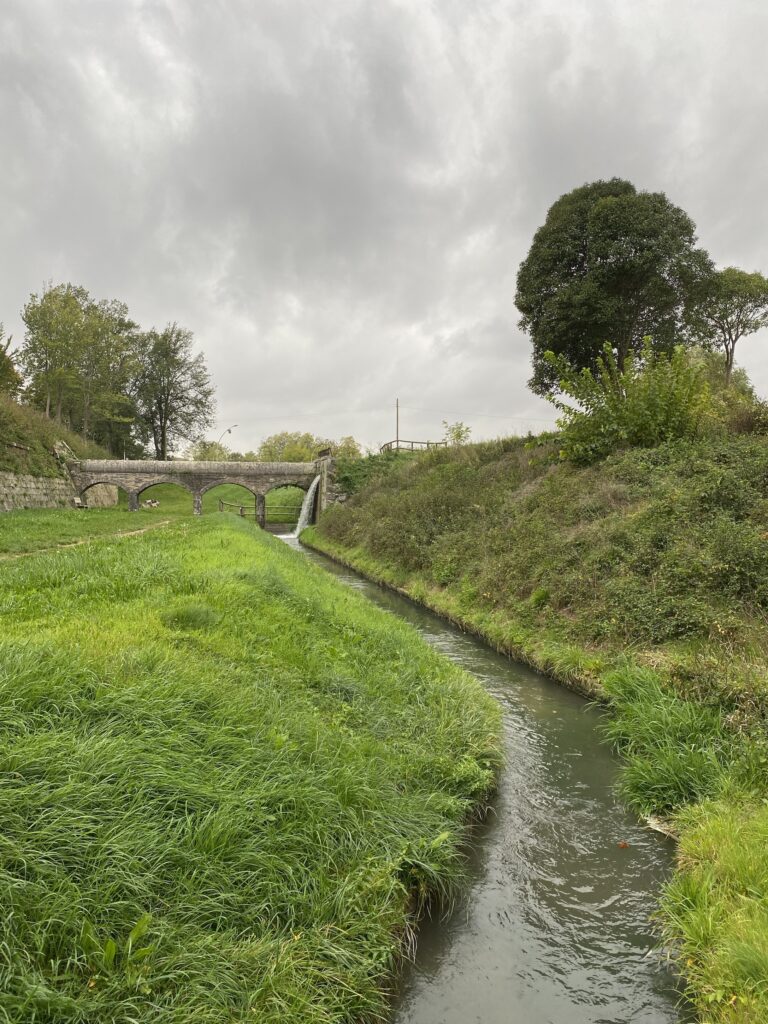
The city on the inside was cute too. The streets lead to a large center square with statues, colorful buildings, and a church. The weather was dreary, with constant misty rain, so we did not spend much time exploring the town center.
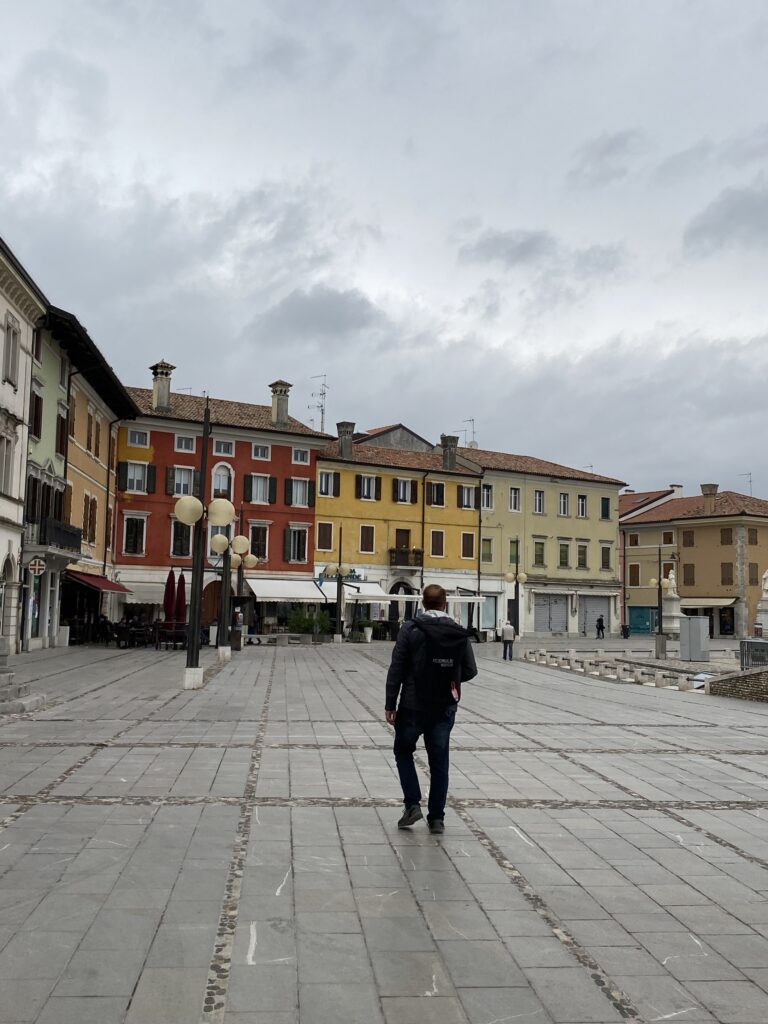
Aquileia, Italy
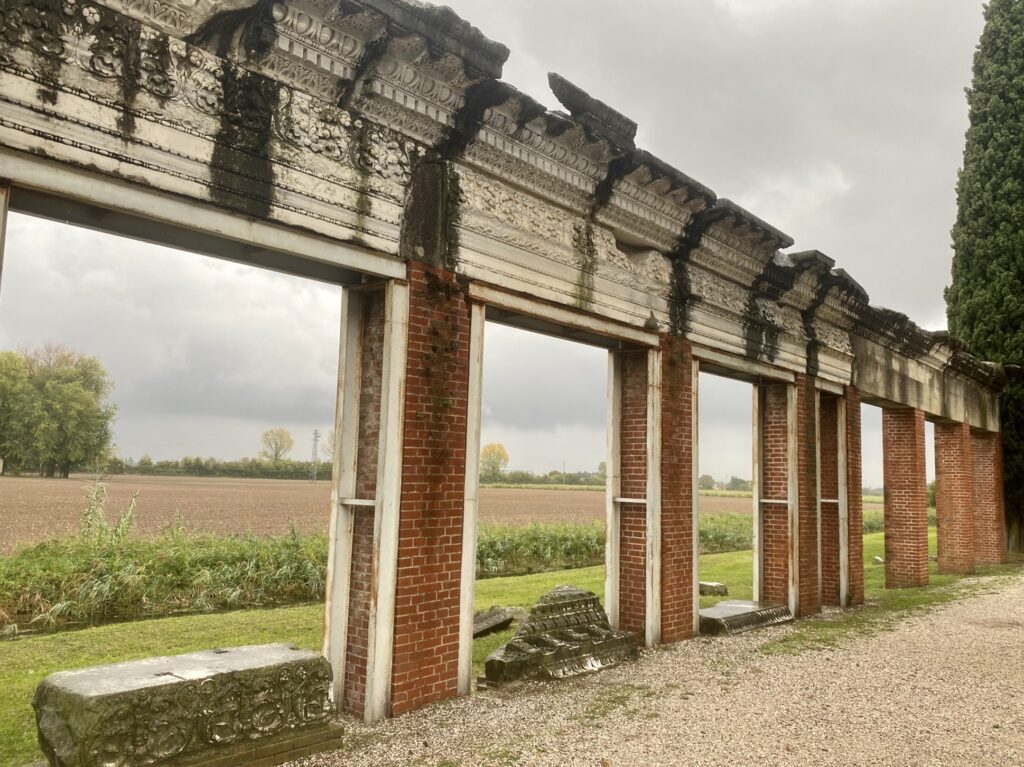
After walking around Palmanova we took a 30-minute bus ride to walk around Aquileia. This was one of the largest cities in the ancient Roman empire, due to its status as a river port.
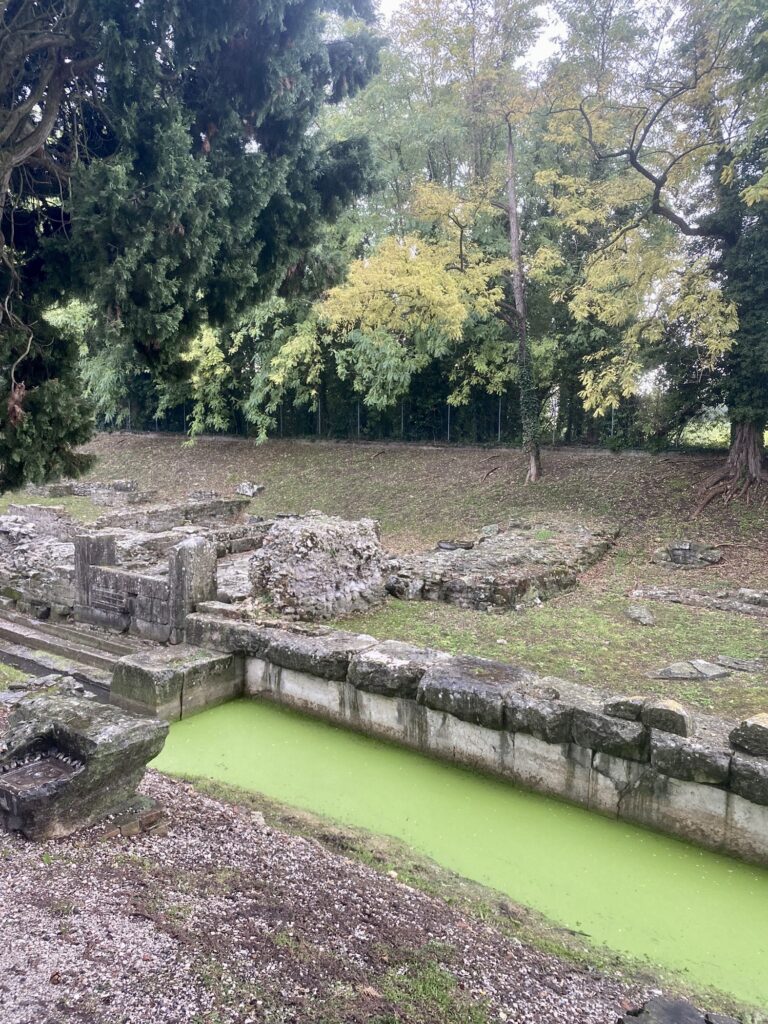
But the prominence made it a target, and numerous attacks starting in the 400’s left the city in ruins. With a current population of 1500, Aquilleia is now a small town surrounded by agriculture. Those fields cover up a large amount of ruins, which are still being unearthed.
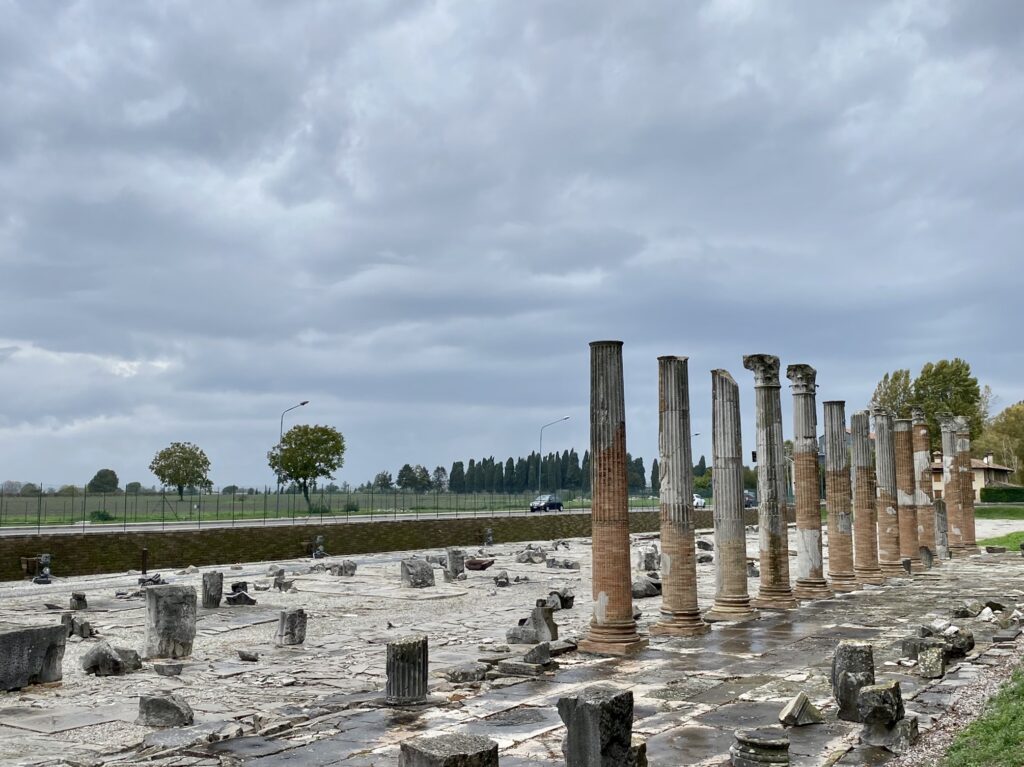
It was a gorgeous place to visit! We started with a walking tour of the ruins and then deviated part way through to do some wine tasting nearby.
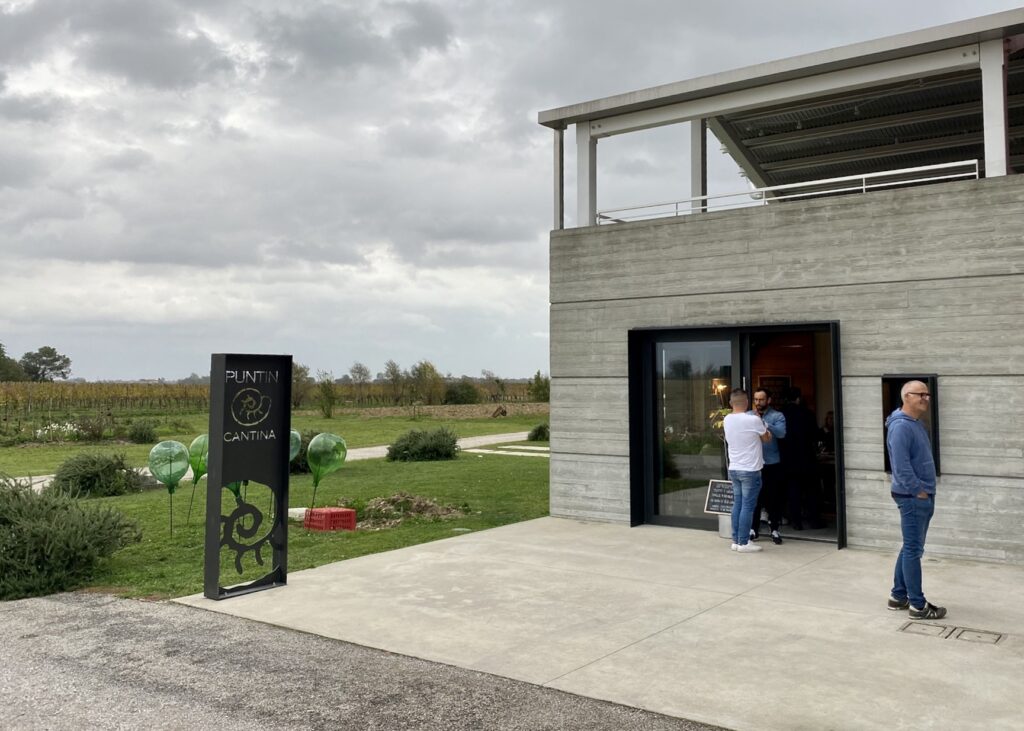
As we were walking back to pick up the tour, we got caught in a massive downpour. There was nowhere to hide as we walked into sheets of rain on a narrow road. Eventually we came across a store with a small overhang but it was a bit too late for us.
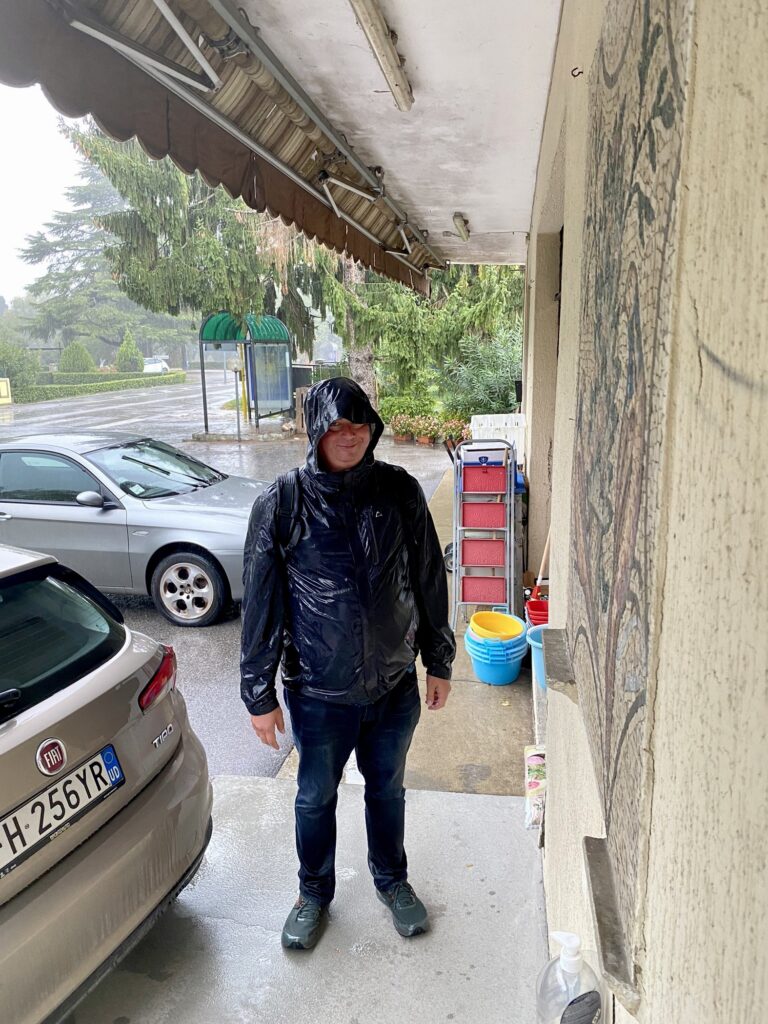
We didn’t let the rain ruin our day though. As quickly as the storm rolled in, the clouds departed and we damply continued our way through the Roman ruins.
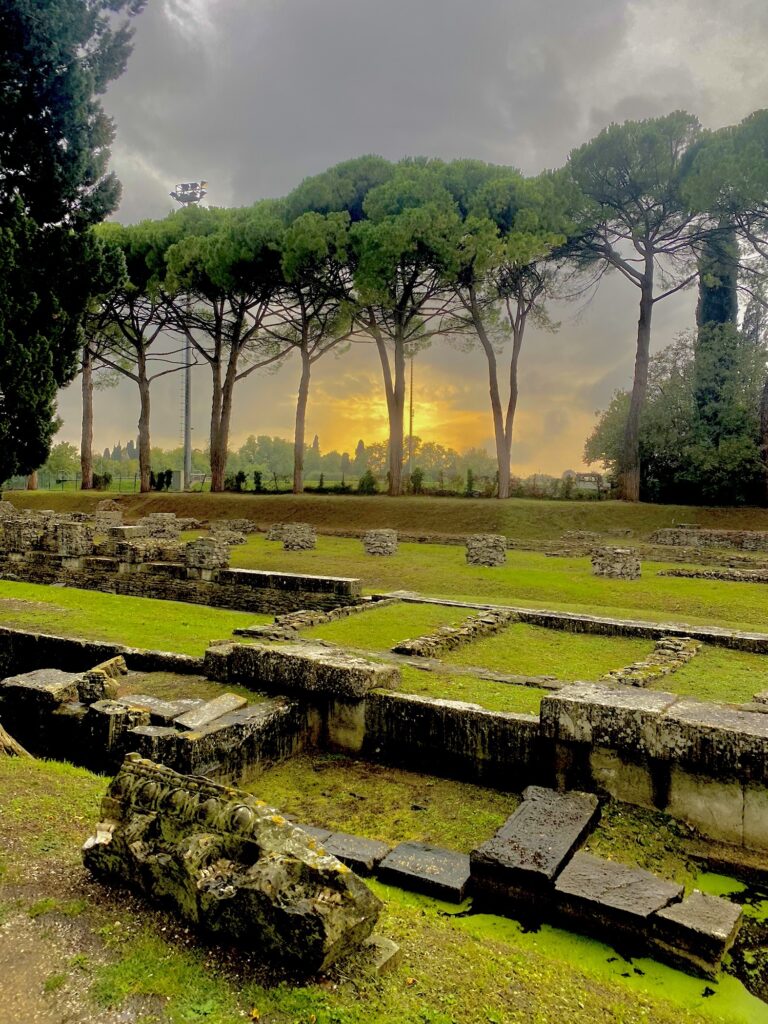
The next place in town was an old church with a very impressive mosaic, Basilica di Santa Maria Assunta. We have seen several ancient mosaic floors across Europe and continue to be wowed by the artistry and intricate designs.
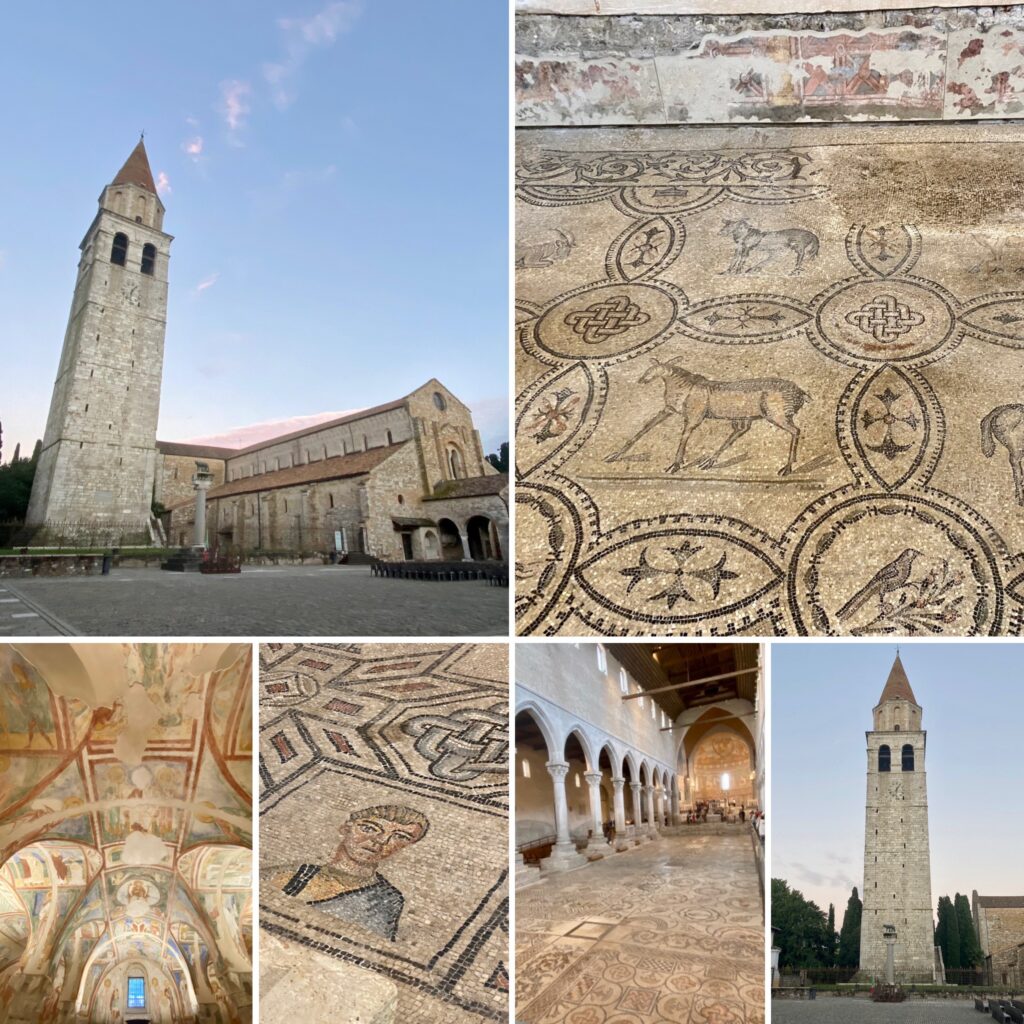
With more time, there are many other worthwhile places to visit in Aquileia, including a well-reviewed archeological museum. But our time was running short, so after touring the church complex, we bussed back to Monfalcone to pack up and get ready for “moving day”.
The week went by so fast and was packed with touring amazing cities everyday. We ended up touring eight Italian cities in that timeframe. To be honest, it was exhausting but worth it. We could have spent a few more weeks in FVG and still would have missed many sites.
It was a delightful area and a region that I would absolutely come back to. The food and wine are superb and there’s so much history to soak up as well.
